September 2021
The Grand Teton National Park
This is the third and last post from a trip my friend Debby and I took in September of 2021 to Yellowstone and the Grand Teton National Parks. We were traveling with Natural Habitat (Nat Hab) along with our guide Kurt Johnson and five other travelers, Joan, David, Erin, Chet and Travis. The last two days of our trip were spent in the Grand Tetons. I mentioned in my other posts that people come to Yellowstone to see the wildlife. In the Grand Tetons, it is all about the landscape views of the mountains.
The Grand Tetons are in the northwest part of Wyoming, just outside of Jackson Hole. It is most famous for the 40-mile long Teton Range of mountains, and mostly the mountain peaks. And not only are they long, they are tall, at 13,775 feet. And not only are they long and tall, they are old, the oldest in any American national park dating back as far as over 12 million years.
Why is it called The Grand Teton National Park?
And why is it called the Grand Tetons? The name comes from the 19th century French-speaking trappers who called the three, now famous, peaks, “les trois tetons” which means the three teats. This was later anglicized and shortened to the Grand Teton.
Snake River
We left Yellowstone at noon and for the next two days, followed the Snake River. The Snake River twists and turns, flowing over 1000 miles from Yellowstone, through the Grand Tetons. At Jackson Hole, it begins to flow west into Idaho, joining the Columbia River which flows into the Pacific Ocean. And why is it called the Snake River? Because of the serpentine gesture the Shoshone Indians, who meandered through Jackson Hole the way the river does, used to describe themselves.
A family of rocks
We stopped for a picnic lunch on that first day in the Grand Tetons, along the river overlooking the majestic mountains and the bright yellow and green trees.
Kurt had sandwiches and cheese and crackers for us. I mention the crackers because one very smart crow grabbed a bag full and had a feast of its own.
I walked over to one of the picnic tables and there, on the corner, was an art piece left by a previous visitor. It was a family of stick and stone figures and for some reason, it gave me great happiness. I imagined a young girl meticulously creating this family and proudly leaving it there for us to find.
As we ate our sandwiches and looked at the immense mountains in front of us, and smelled the overwhelming scent of pine, I thought, “life is good after all.”
Geology of the Tetons
We talked about the geology of Yellowstone, but The Grand Tetons have their own story, a story different from that of most mountain ranges. The Tetons are the youngest mountain range, not only in the Rocky Mountains, but in the world. Glaciers started forming these mountains less than 10 million years ago and the ice and water continue to sculpt the mountains. And the Tetons are still rising. In comparison, most mountains in the US starting forming over 50 million years ago. And yet, regardless of age, the Tetons are some of the most beautiful mountain ranges, as least in North America. They are short, and narrow, and asymmetrical and oh so high.
As we drove closer, we could see jagged ridges, one after another, soaring into the sky. It has been described as looking like a “great stone wave poised to break across the valley…” We continued on our way and entered the park.
Snake River Overlook
Our first stop was the Snake River Overlook, famous for Ansel Adams and his iconic 1942 picture of the meandering, curving Snake River with the Tetons in the background. Back then the trees were smaller, but the view was basically the same. He spent days waiting for the right shot.
We only had a short time. But we took our photos, and we took in the beauty of the Aspens in bloom, the blue water of the river with boats floating by, and of course, the majestic mountains framed by the blue sky. And yet, this picture belongs in black and white, in honor of Ansel Adams.
And here is one in color.
Schwabacher Landing vs Oxbow Bend
Once Kurt could tear us away, it was off to scout the best location for the second most iconic shot – that of the Grand Tetons reflected in the water at sunrise. We stopped first at the Schwabacher Landing. We climbed down the embankment but realized that it would be too difficult to get to the water line to set up our tripods. So we went a bit down the road to the second popular spot, Oxbow Bend. We had to climb down here as well, and Kurt led me down the path, at times steep, to the water’s edge. And we decided that was the spot to be. We could see Mt. Moran and all the Tetons with the Snake River leading up to them. And if we looked in the other direction, there was a great view there as well.
Mount Moran and the South, Middle and Grand Tetons
Mount Moran stands at 12,610 feet and is named for the American western frontier landscape artist, Thomas Moran. While there are multiple glaciers on Mount Moran, the one most visible is the Skillet Glacier. And the other peaks are appropriately called the South, the Middle and the Grand – the three that make up “Les Trois Tetons.” Yes, this would be the perfect spot for the morning.
Jackson Lake Lodge
That night we stayed at the Jackson Lake Lodge, in Moran. In addition to the main building there are rows and rows of cottages, where we stayed. The lodge was built in 1955 and was the first built in the modernist architecture inside a national park. It was beautiful, especially the lobby with its wall to wall, 60 feet tall windows overlooking the mountains.
Built in 1955, Jackson Lake Lodge is the first example of modernist architecture in a national park, showcasing the lake and full glory of the Tetons through the 60-foot-tall windows in its dramatic main lounge.
- soap in the room
The Sun Sets on the Tetons
Before our reserved time for dinner, we sat outside at the bar, overlooking the mountains and enjoying local fruit, the huckleberry. Ok, it was in a cocktail, but still, made with local fruit. The sun was beginning to set and the sky was slowly painted with all colors of the rainbow. Other people said they saw elk and other animals out there, but I did not. I just enjoyed the view.
Dinner
Dinner was in the Mural Room, the main dining hall of the hotel. We had two tables of 4 and Debby and I sat with Chet and Travis. The food was good. I don’t actually remember what I ate. But we were not there for the cuisine. The surroundings were beautiful. The view spectacular. And we did not go hungry.
The sun rises on the Grand Teton
Very early on our last morning, we met at 6:30 while it was still dark, and drove to the Oxbow to set up our tripods and cameras to take that iconic shot of the Tetons reflecting in the water. There was not a cloud in the sky, which is actually not so great for photography, but the water was like glass, perfect for reflections.
For a fall morning, the temperature wasn’t too bad. It was about 30°. We had on our stocking caps and fingerless gloves and down jackets. But the cold didn’t matter. It was all about the view and getting the shot, The fog was just sitting on the water in a straight line as if it too was just waiting for the sun to warm it up. The geese were flying and honking out their songs. The elk bellowing. Birds tweeting. Otherwise total silence as all the photographers stood patiently by their tripods waiting for the perfect shot.
The sun slowly started to come up highlighting the mountains, starting at the very tip top and slowly, slowly working its way down until the entire mountain range was lit by the sun. In the other direction the tree line was covered in fog. And then we just waited for the aspens to be lit like a match lighting a fire. It started on the far left and slowly, slowly creeped its way across the tree line, a tree at a time, lighting up into brilliant yellows and oranges. And higher in the sky the moon was still shining not ready to say it’s good night.
But we weren’t done with views or reflections just yet. As we drove off, with Kurt literally tearing us away, there were still more views and more colors and more reflections.
The Episcopal Chapel of the Transfiguration
Everything in the Grand Tetons rotates around the views of the mountains, including this little log cabin church found in the community of Moose. The cabin was built in 1925 specifically to frame the view of the Cathedral Group of peaks (how appropriate…) in a large window, just behind the altar. Better than stained glass! It was originally built for guests and employees of the many dude ranches that existed along the Tetons on donated land. As an aside, another claim to fame is that the film Spencer’s Mountain, with Henry Fonda and Maureen O’Hara, was filmed here.
We pulled into the parking lot and made our way into the small, quaint church. The view from the window at the altar immediately hit us. The mountains were perfectly framed.
Then Kurt took us to the back and showed us exactly where to stand to see the mountains perfectly reflected in the window.
And yet, we still were not done with views and reflections.
Jenny Lake
Jenny Lake, which was carved by a glacier about 12,000 years ago, is one of the most popular spots in the Grand Tetons and is considered by many to be the centerpiece of the park, in part because of the great views. It is about 256 feet deep and covers almost 1200 acres. If you follow my posts, you know I like to learn the origin of names. Jenny Lake was named after a Shoshone Indian woman who married an Englishmen but died of smallpox, along with 6 of her children, in 1876.
If you read the Grand Teton Guide book, it names the #1 spot to see Jenny Lake as the one the locals would call #156, because there are so many better spots to see it. We had Kurt, so we went to the better spot. People come here to hike and to boat or to just hang out. It is also a jumping off spot for rock climbing. It can take 2-3 days to fully climb to the top and because of the dangers, the Grand Teton Elite Search and Rescue Unit is one of the best in the world.
We took a short hike along the banks of the lake, with ducks frolicking alongside us, and chipmunks perched on fallen trees, eating nuts. But the ultimate was the view of the mountains with the reflection in the lake. It was different than we had seen at sunrise, but equally spectacular.
Can’t sore with eagles in the morning if you’ve been howling with owls all night
It was lunch time but we were going to picnic while floating down the Snake River. We parked at Moose Landing and were picked up by the Barker-Ewing Float Trip company. Our pilot was Michael, and he is the one that gave us this quote – “You can’t soar with eagles in the morning fi you’ve been howling with owls all night.” I loved it.
Menor’s Ferry
At one point we passed the remnants of ferry. Jackson Hole’s firs commercial operation, in the late 1800s, was a ferry that took settlors across the Snake River. There was no way to get their wagons and supplies across the river and through the strong currents. So Bill Menor (pronounced “mean – er”), who had been a buffalo hunter, launched a ferry service, picking the spot that would later become Moose, Wyoming. The ferry was simple platform on two pontoons with an overhead cable system across the river that kept the ferry from going downstream. Today just remnants remain, but the stories are not forgotten.
All good things must come to an end
We did a slow float enjoying the views of the mountains, waving to fishermen, watch eagles literally soar, and just relaxed as the sun reflected in the water. It was a beautiful ending to our journey, as this was our last day together.
National Elk Refuge
And then it was time to head into Jackson Hole for our last dinner together and our good-byes. Why is this town called a “hole?” “Hole” was a term used by the pioneer explorers to describe any open valley surrounded by mountains.
On the way to our hotel, we made one last stop at the National Elk Refuge. At the turn of the 20th century, livestock started competing with the local elk for grazing spots, especially in the winter. The elk would raid the farmer’s stocks of hay and thousands of elk would starve. This led to the establishment of the National Elk Refuge which provides a habitat for the elk, bison, pronghorn, swans, eagles and trout. It consists of grassy meadows and marshes on the valley floor leaving lots of areas for grazing.
Our last night in Jackson
We stayed at the Lexington Hotel which was right in the center of town. The room was decorated in what I would call “Wolf” and “Sky.” Two things this place is famous for. It was comfortable, breakfast was filling, but it was a sad night as the trip was coming to an end. The chocolate that Kurt left in the room for us helped a little.
Good bye dinner
As with all Nat Hab trips, we had a good-bye dinner as the trip was over and we would all be going our own ways the next day. We had dinner at the Kitchen Restaurant. This restaurant is described as “a refined, yet causal establishment that…provides [a] modern cuisine with a comforting twist.” The menu was varied with lots of seafood options among other things. We sat at their outdoor patio and enjoying unusual cocktails and wonderful food, but even better company. It is always sad to say good-bye to new friends who have shared in such wonderful experiences. But as they say, all good things come to an end.
The Bunnery Bakery and Restaurant
But Debby and I still had a bit more time in Jackson Hole. We started our last day with breakfast at the Bunnery Bakery and Restaurant. Debby, who has spent time in Jackson Hole, highly recommended it as did Kurt. We we got in line to wait for a table in their outdoor garden. Seems this is a popular local spot, but we didn’t wait long and were soon seated under the yellow umbrellas, with the sun shining through. It was hard choice to decide whether to have a more traditional breakfast, or to splurge on the fabulous bakery goods. We did a bit of each.
The town of Jackson Hole
Debby then showed me around the small, quaint town of Jackson Hole. We walked up and down the streets. We listening to the music and looked at the farmer’s market stalls. It was a beautiful day and it seemed that everyone was out enjoying the sunshine.
But then it was time to grab our luggage and head to the airport. Another trip over. And so, until the next one.
Thinking back on our trip
We were so lucky with the weather. It was sunny. It was cold, but not too cold. The roads which often are closed due to snow, were all open. At the beginning of the trip one was closed and Kurt thought we would have to change our itinerary; but then the road reopened the next day. And we were so lucky in our wildlife sightings, except maybe for bears. All in all a successful trip.
Thank you, Nat Hab, for another wonderful experience.
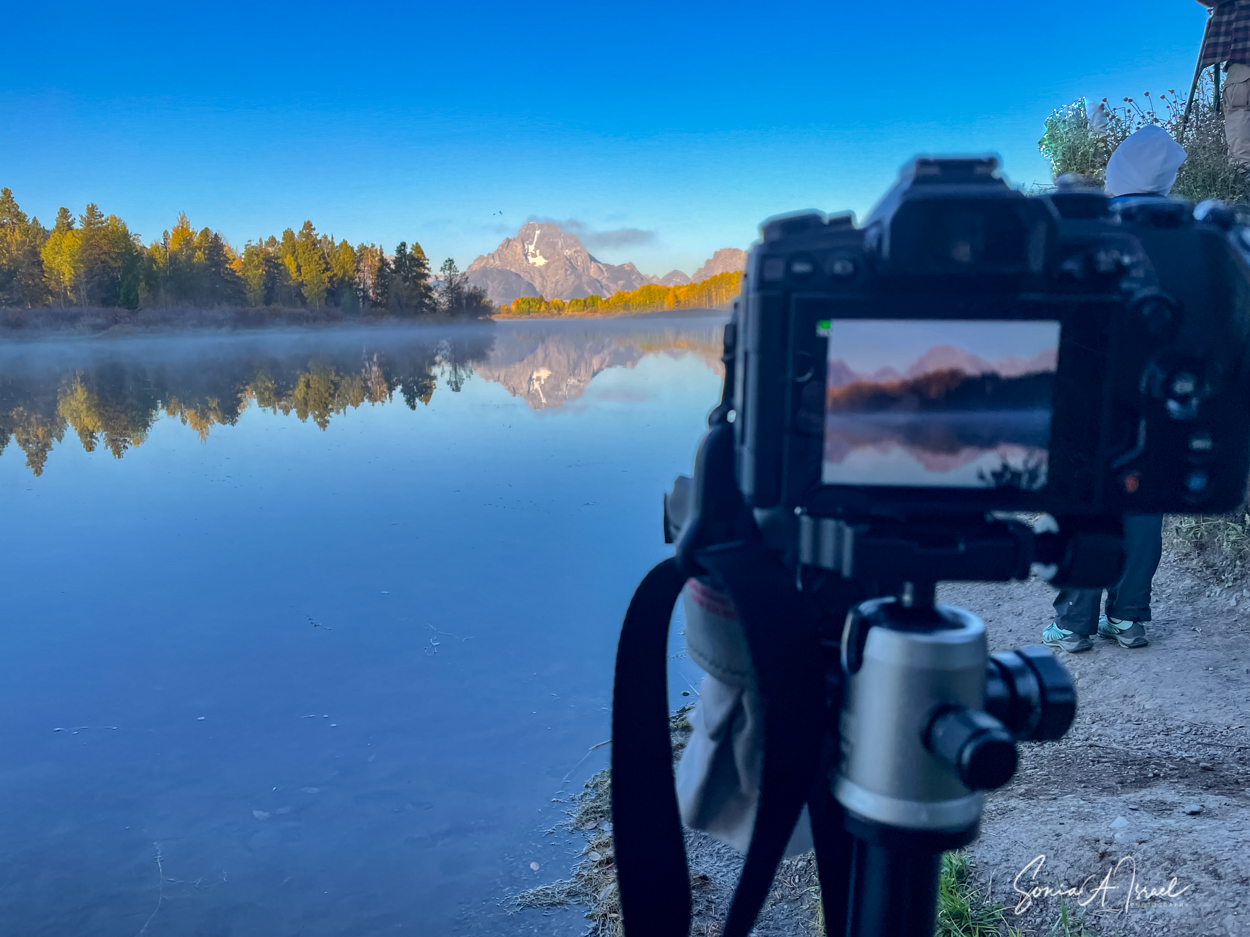
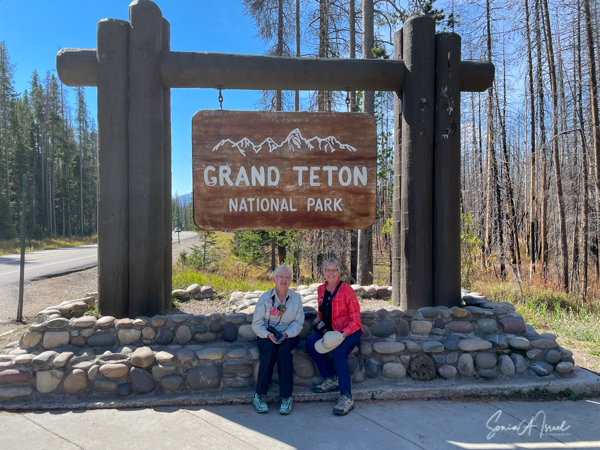
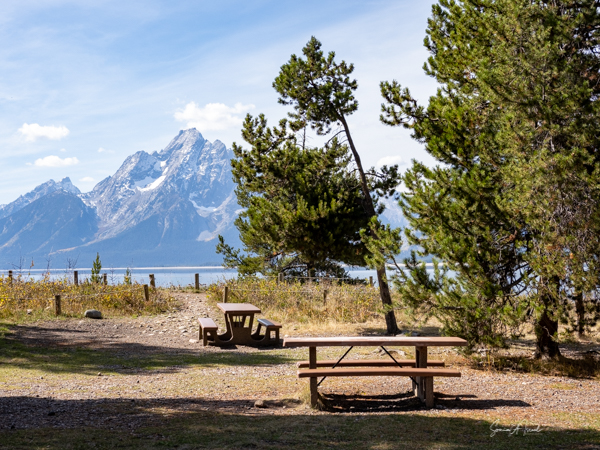
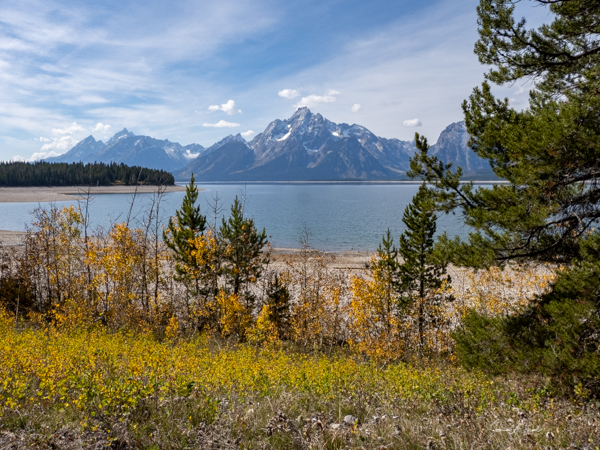
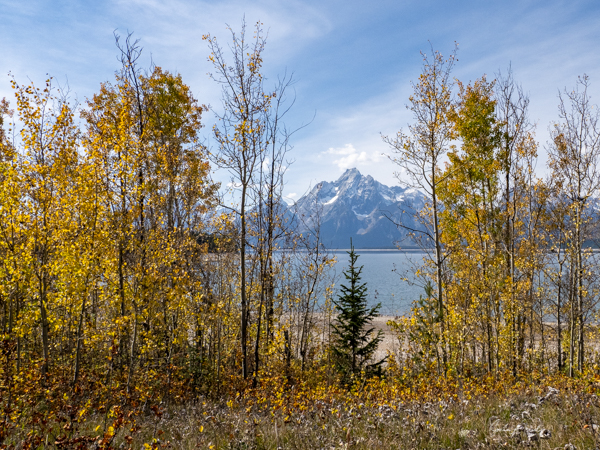
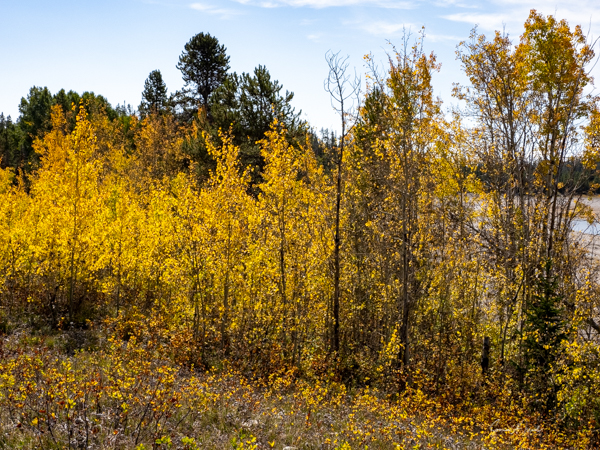
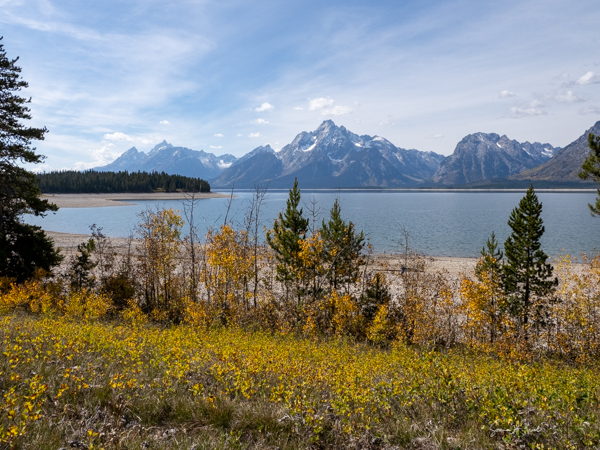
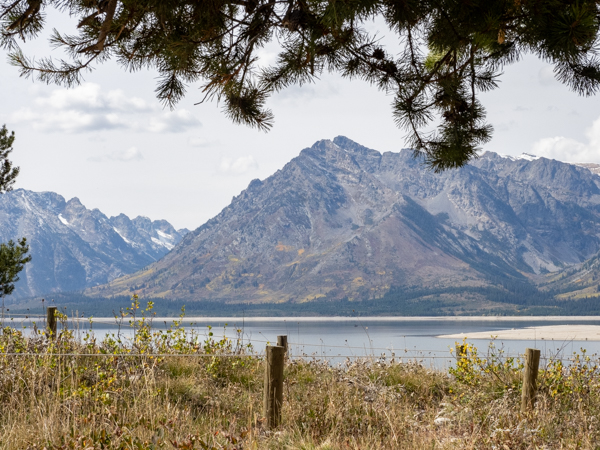

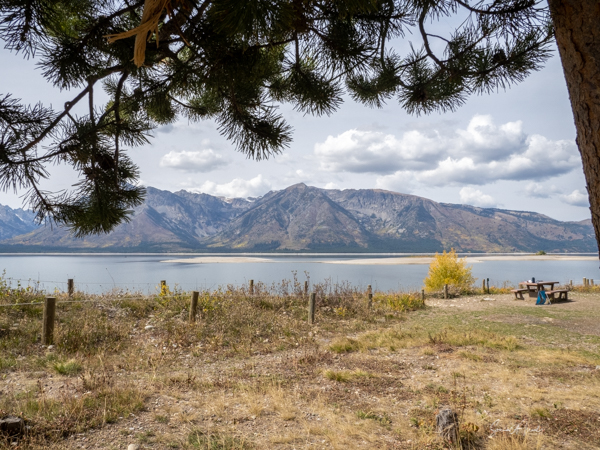
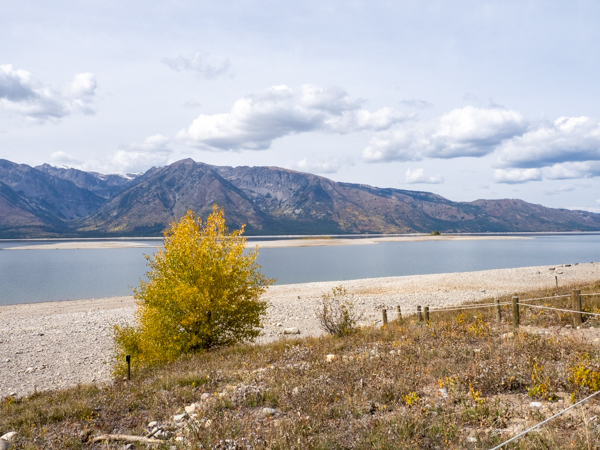
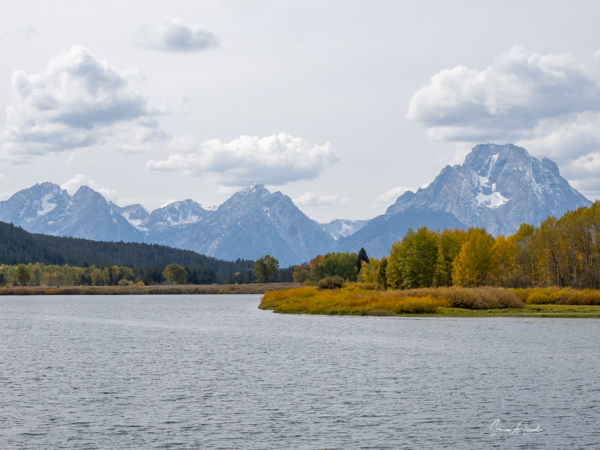
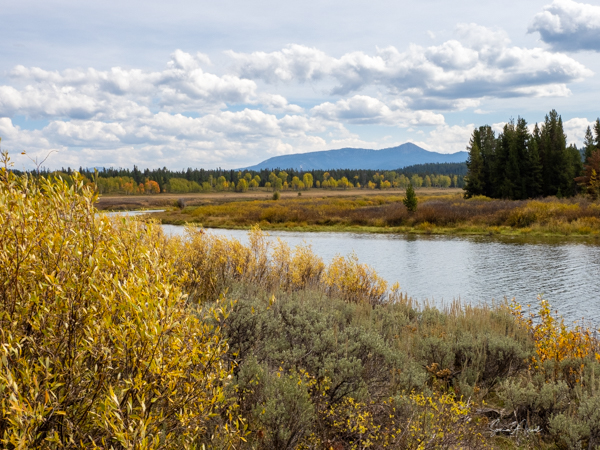
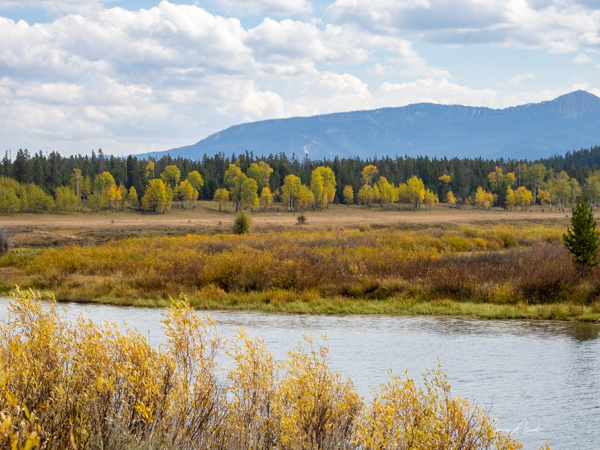
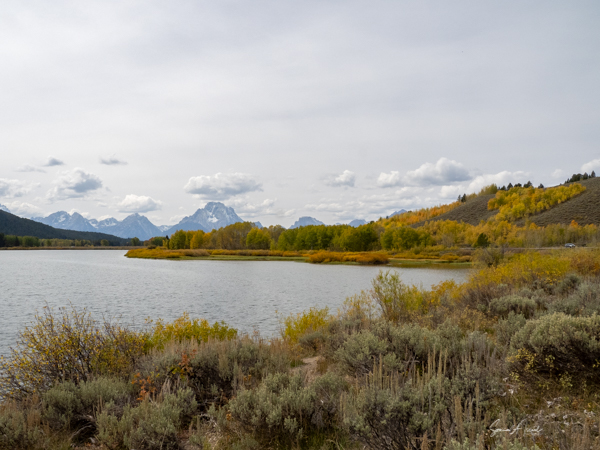
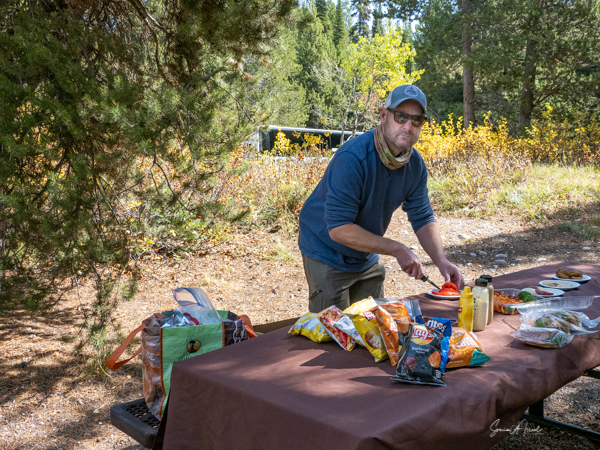
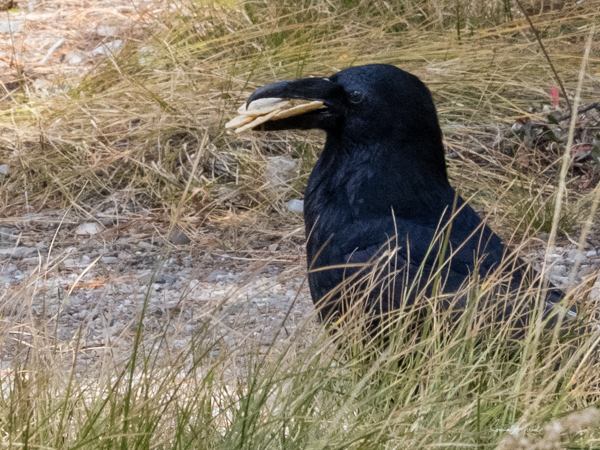
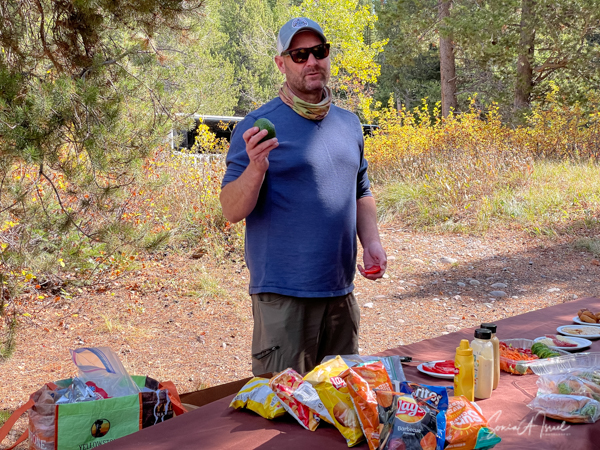
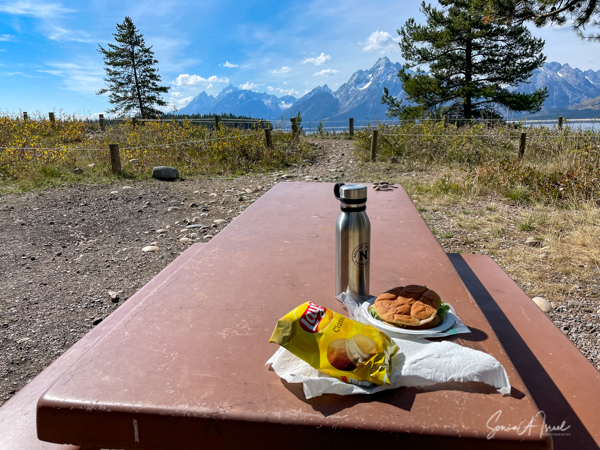
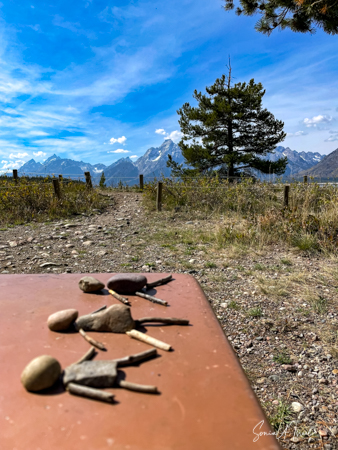
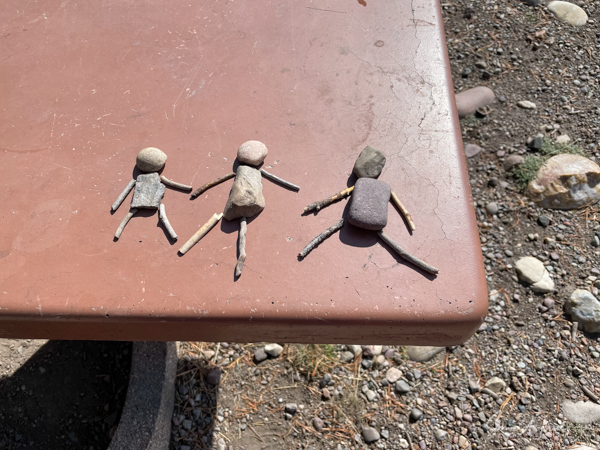


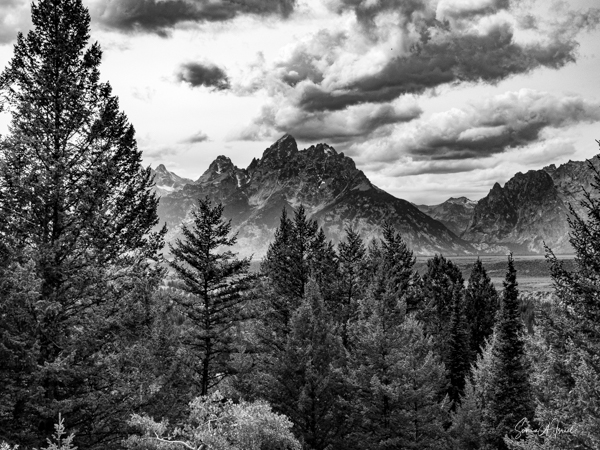
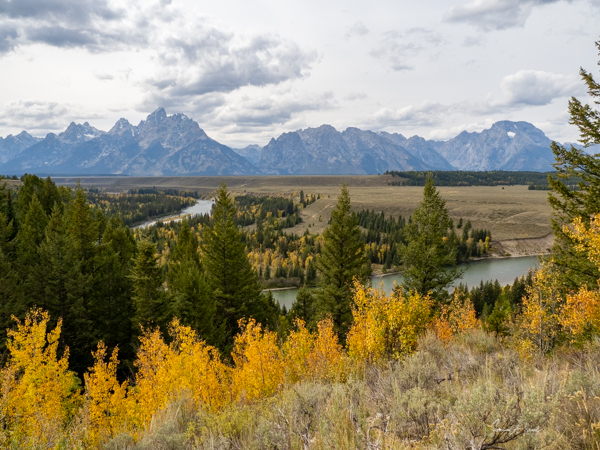
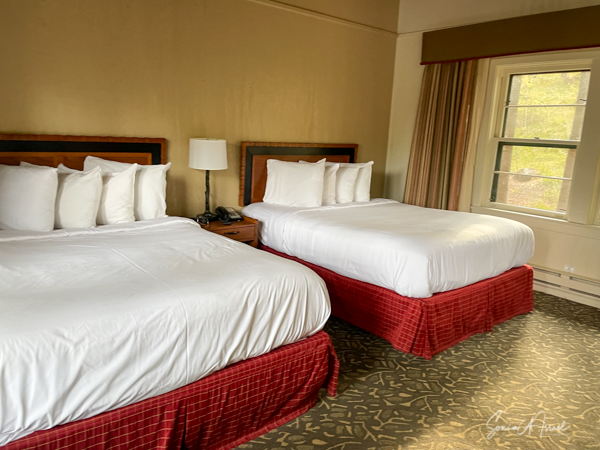
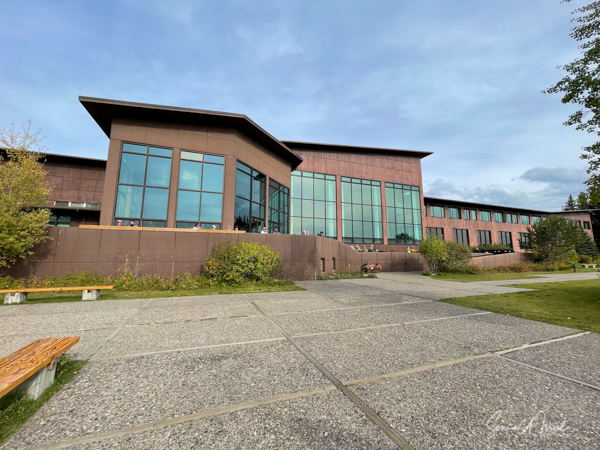
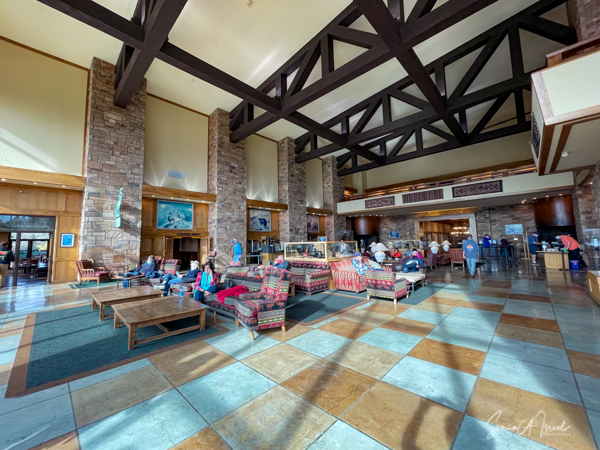
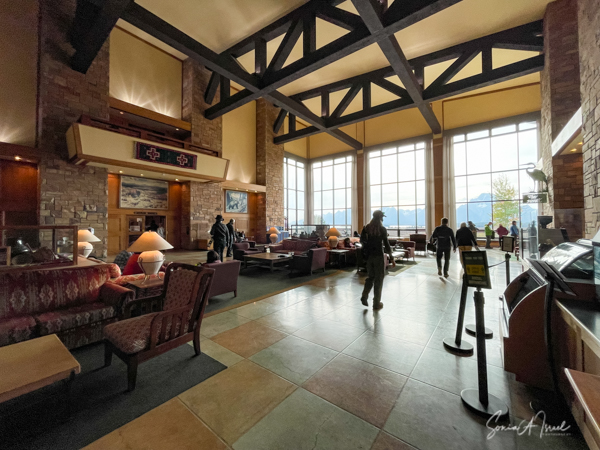
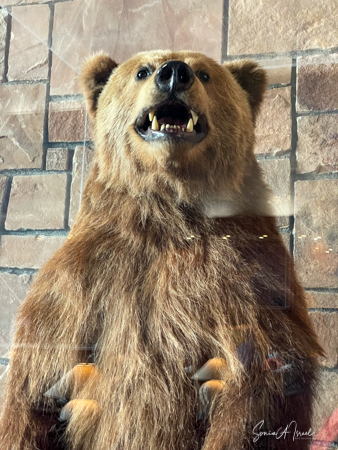
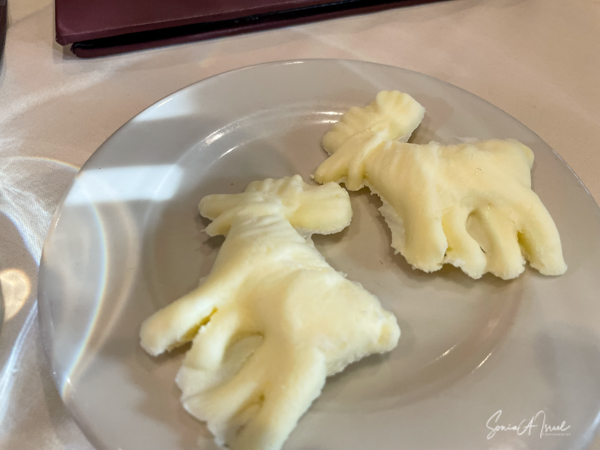
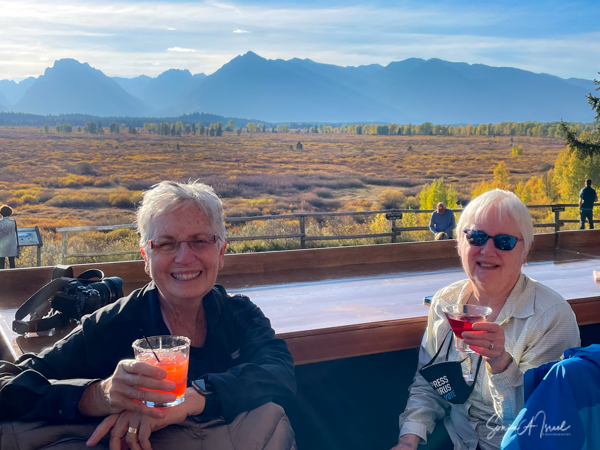

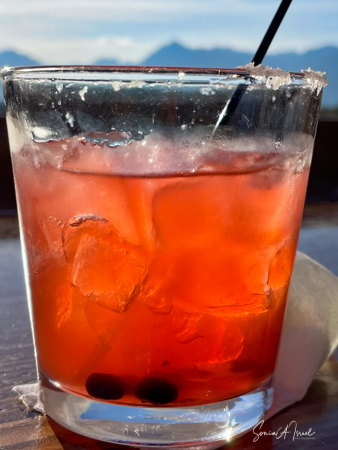
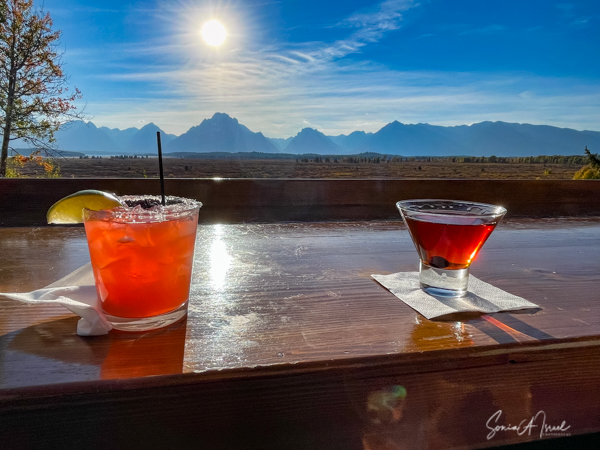
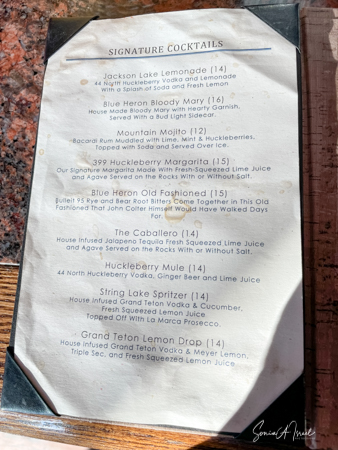
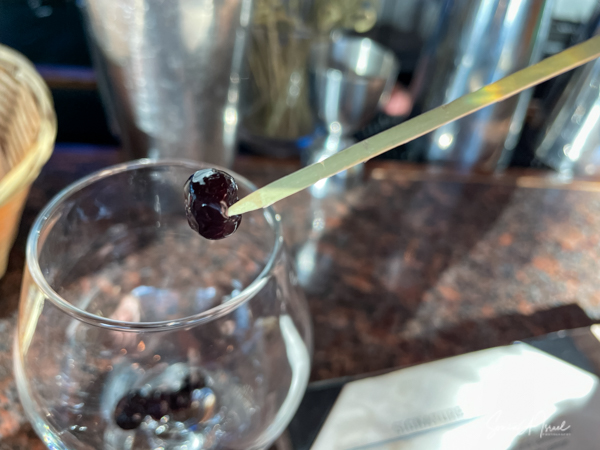
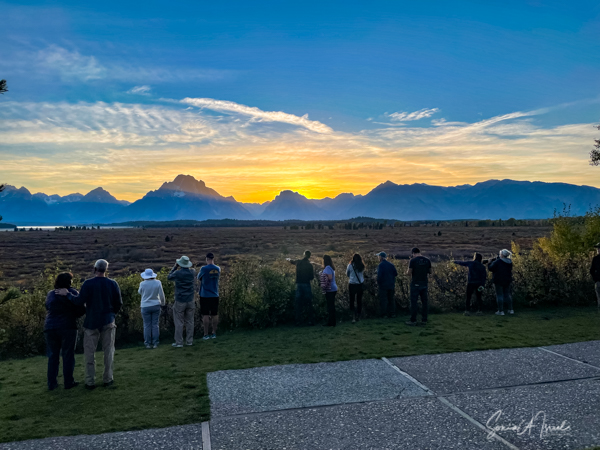
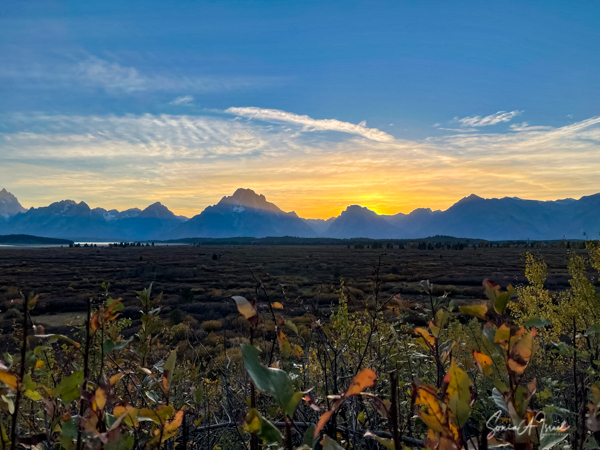
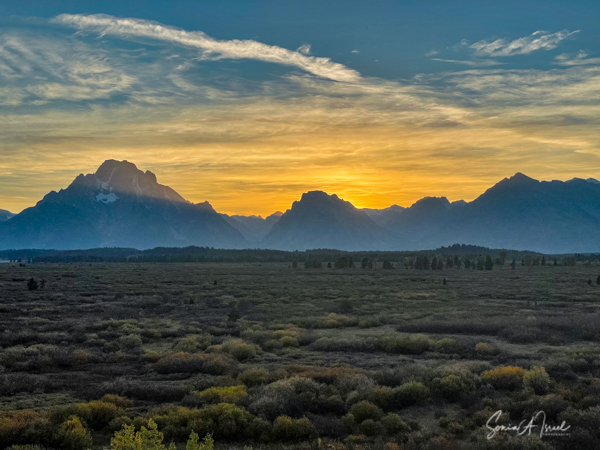
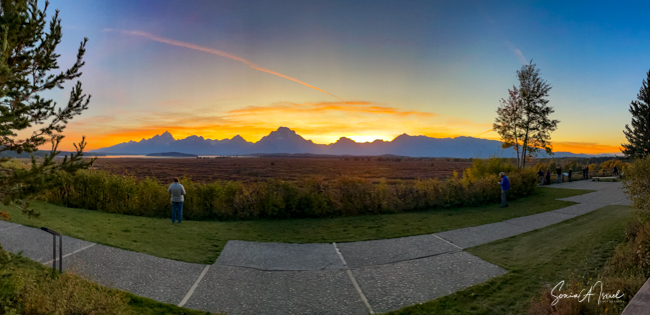
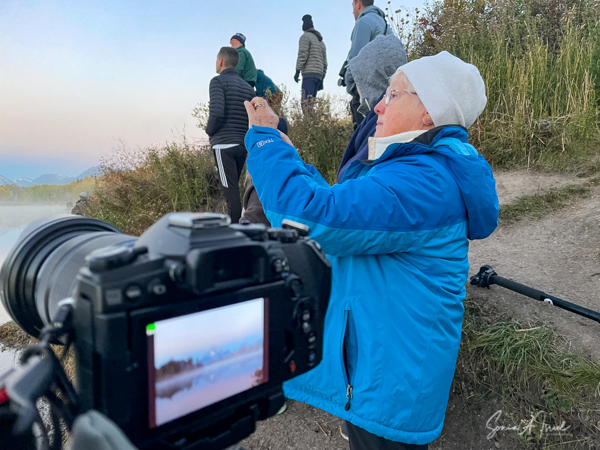
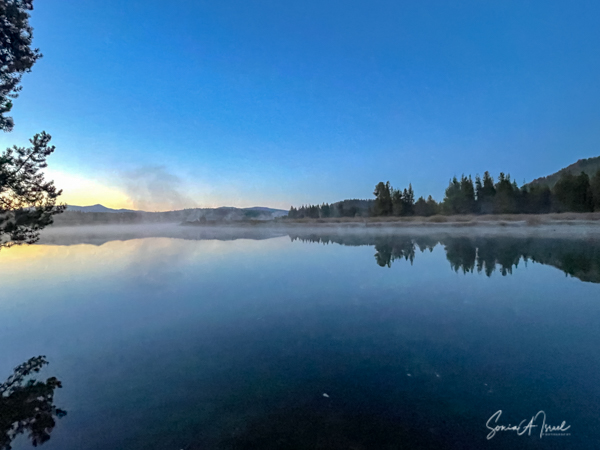
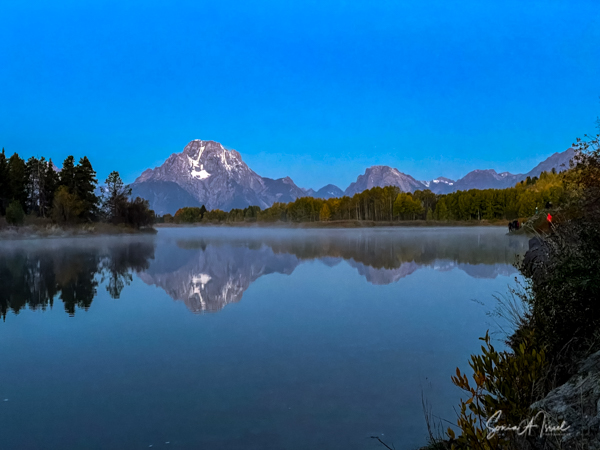
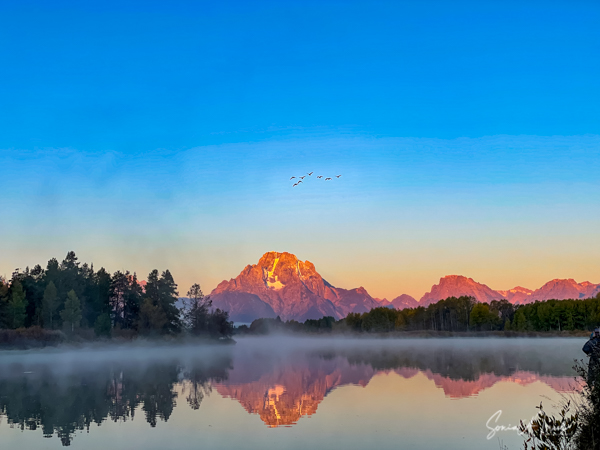
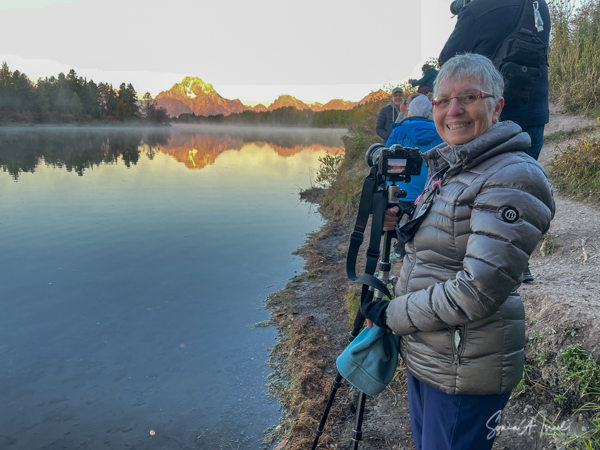
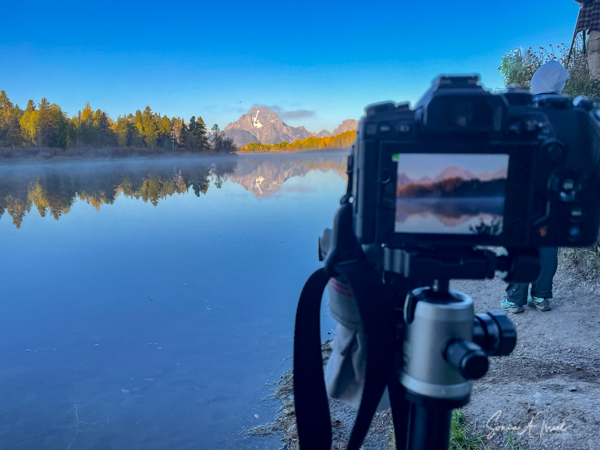
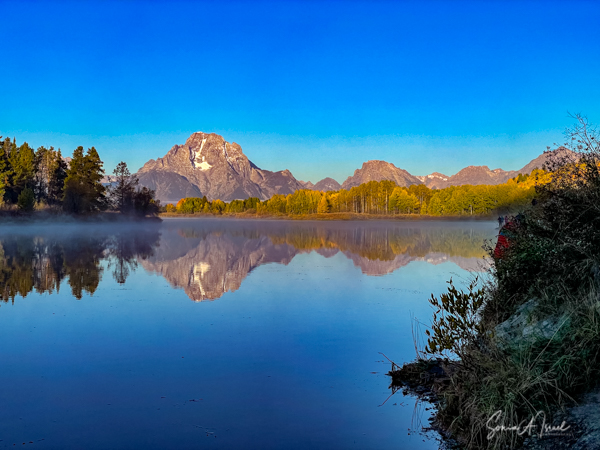
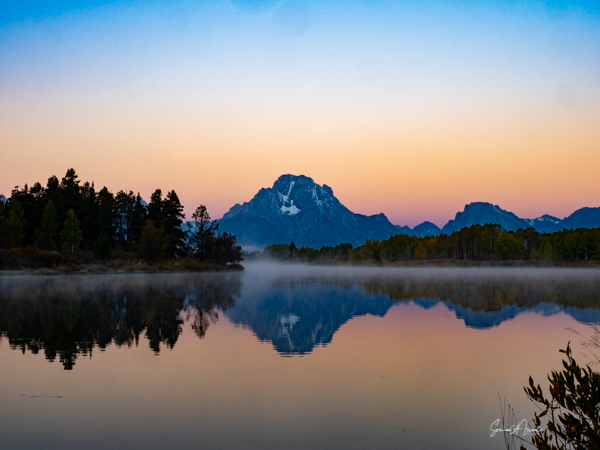
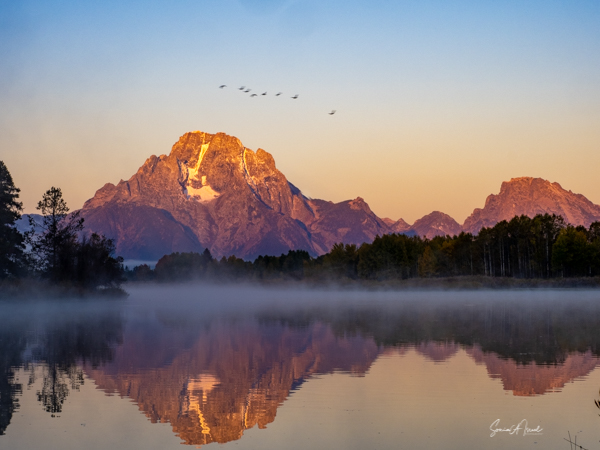
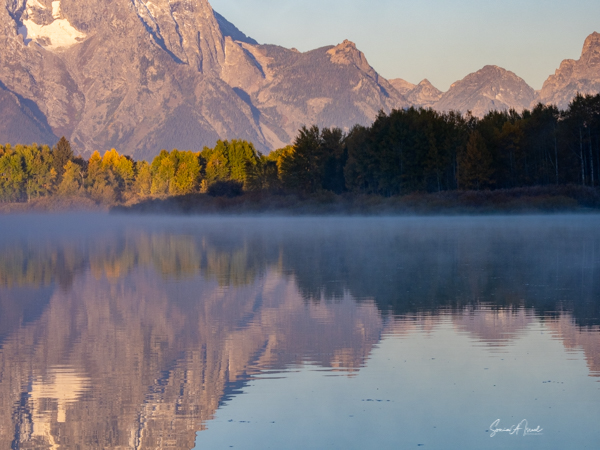
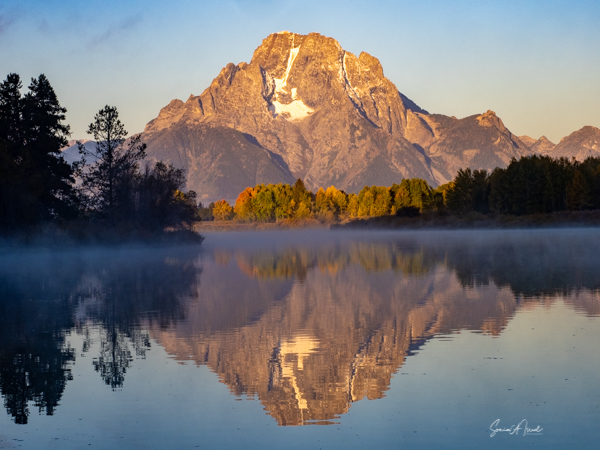
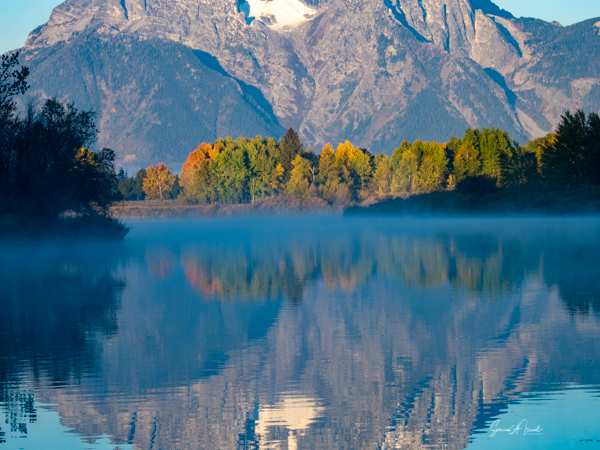
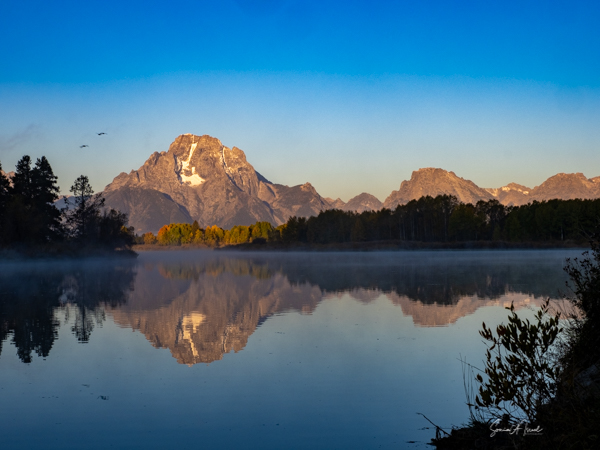
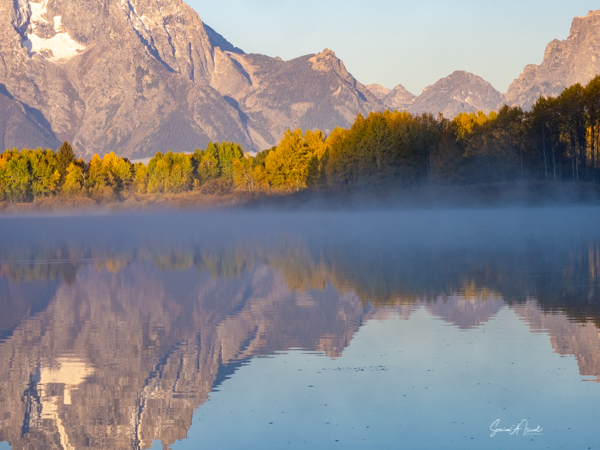
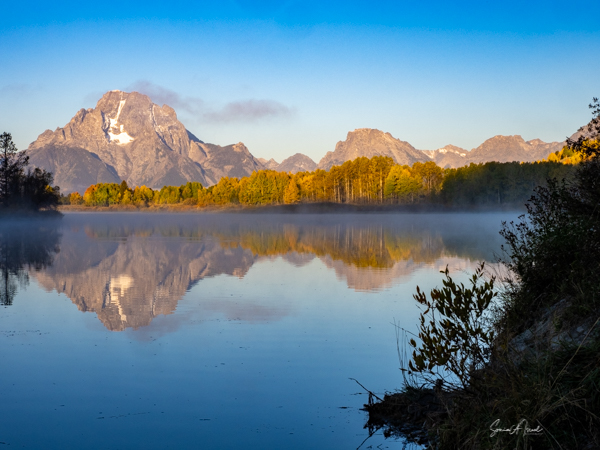
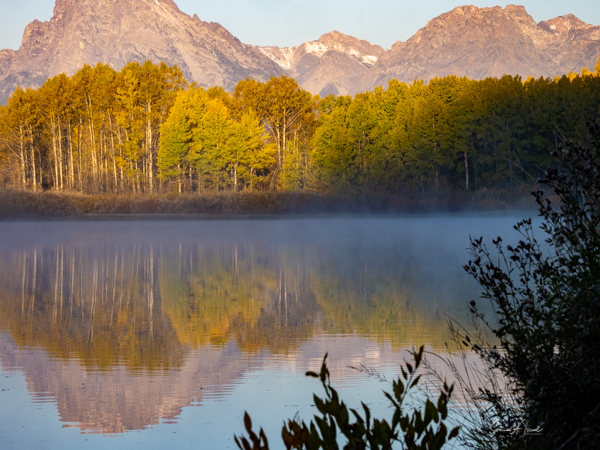
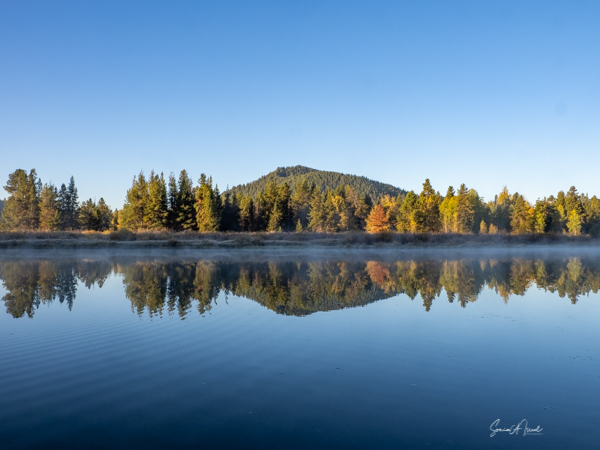
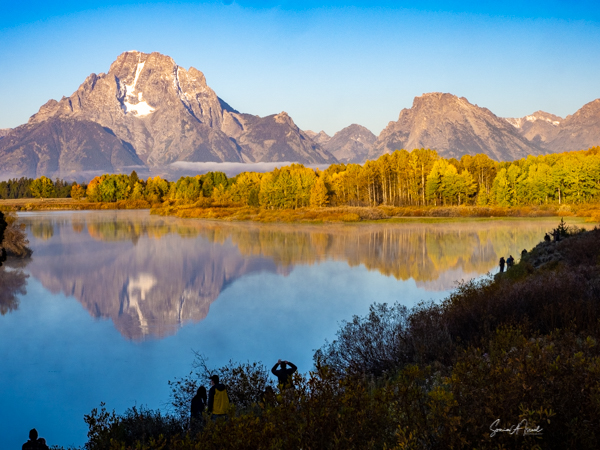
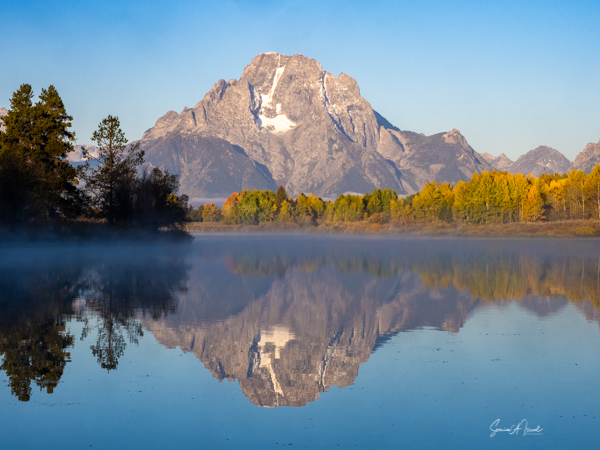
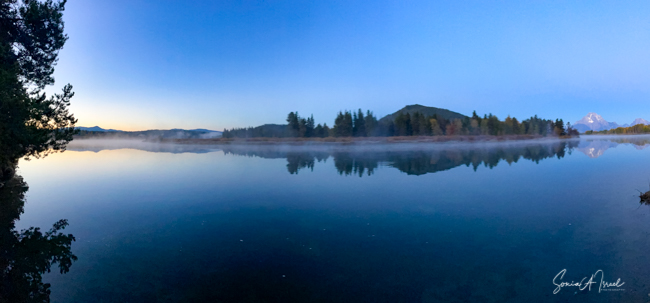
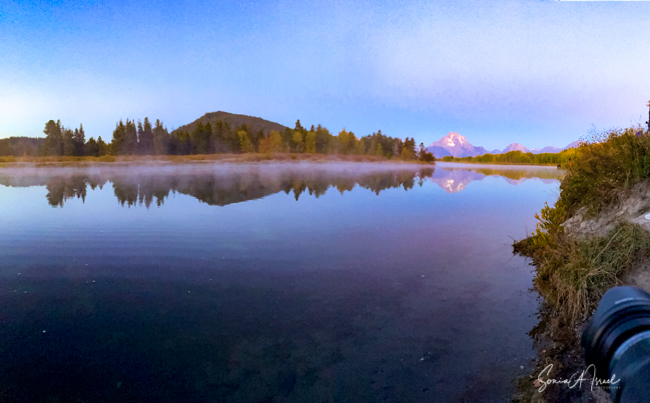
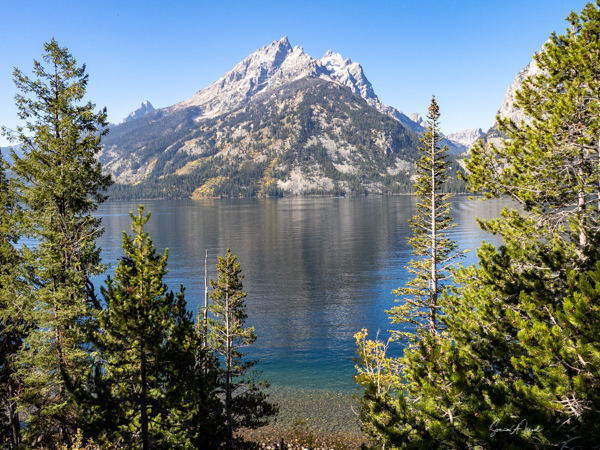
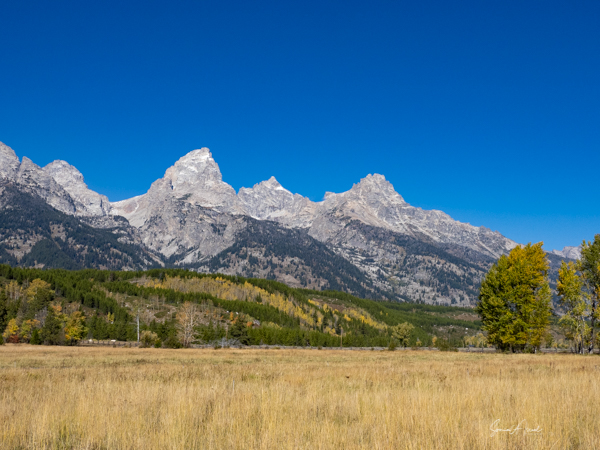
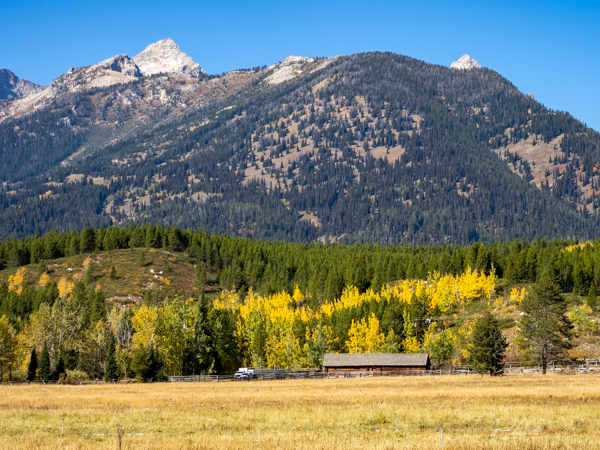
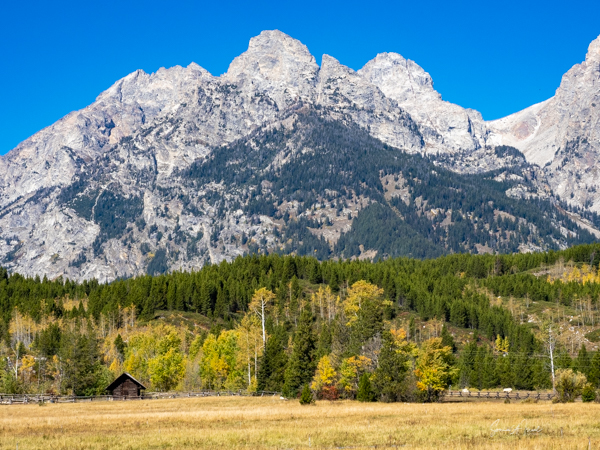
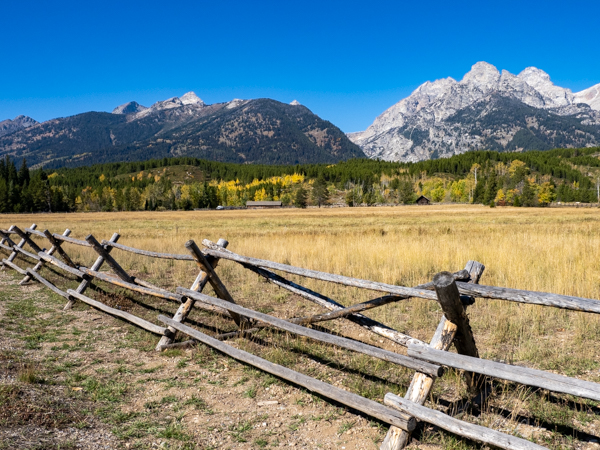
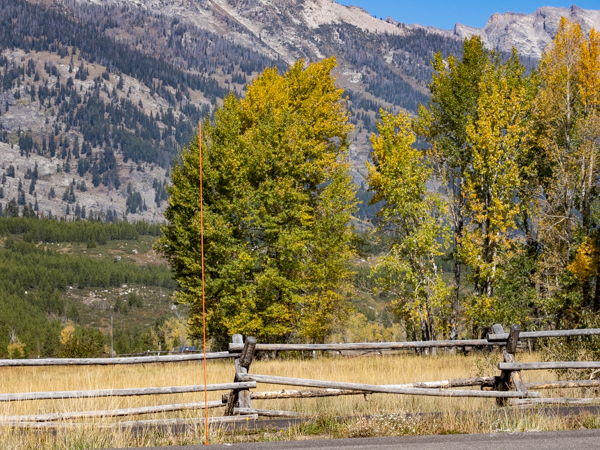
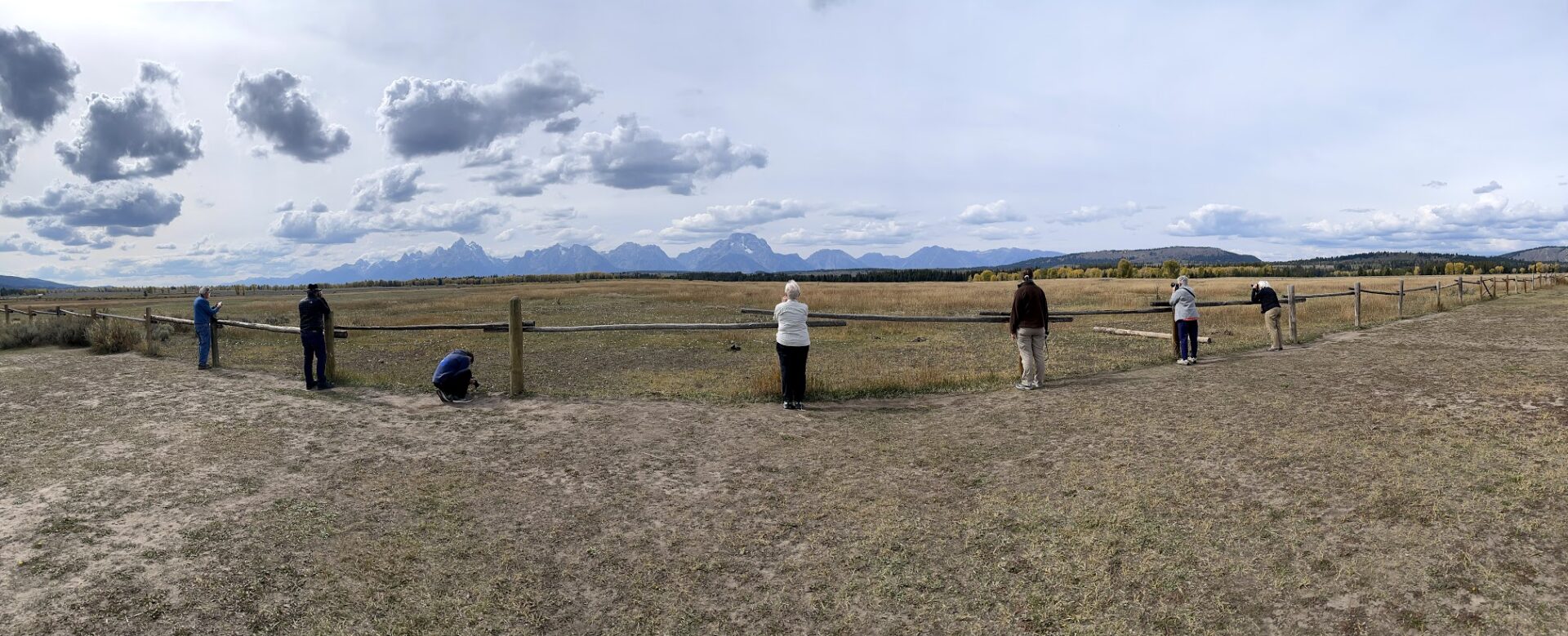
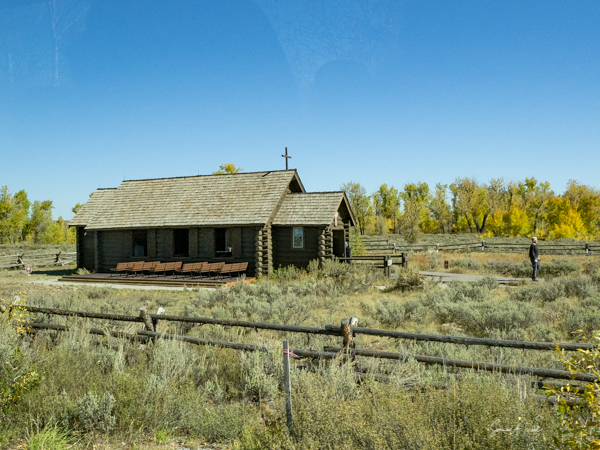
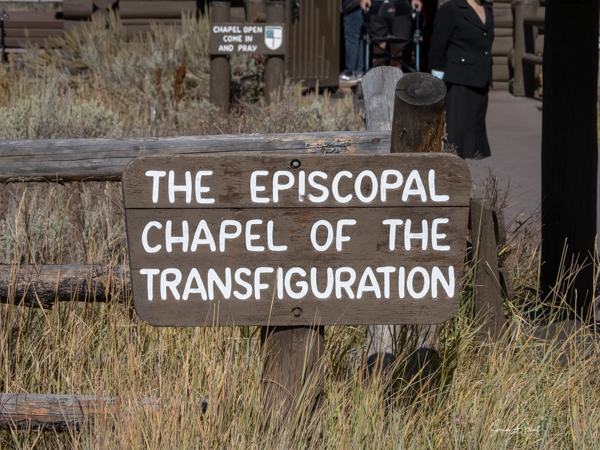
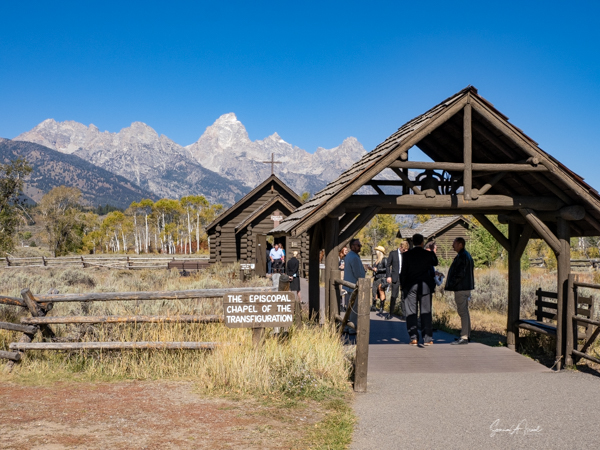
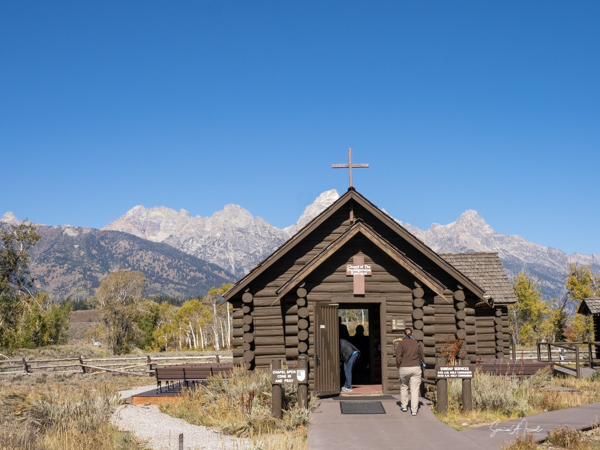
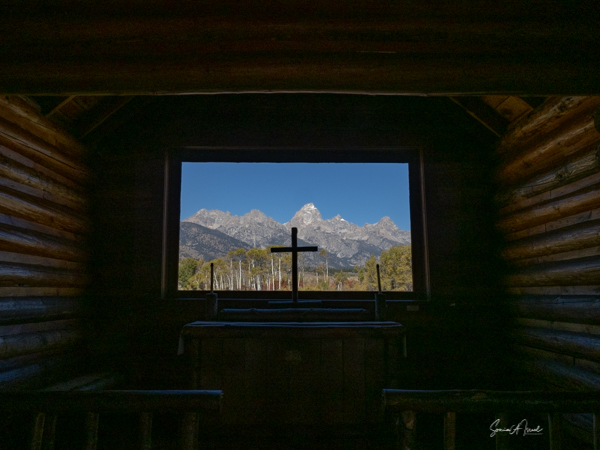
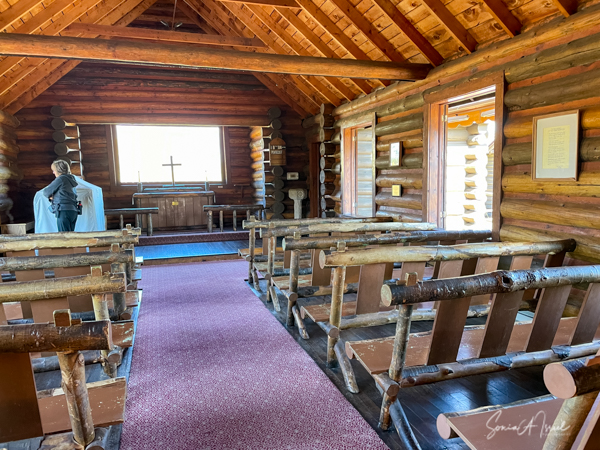
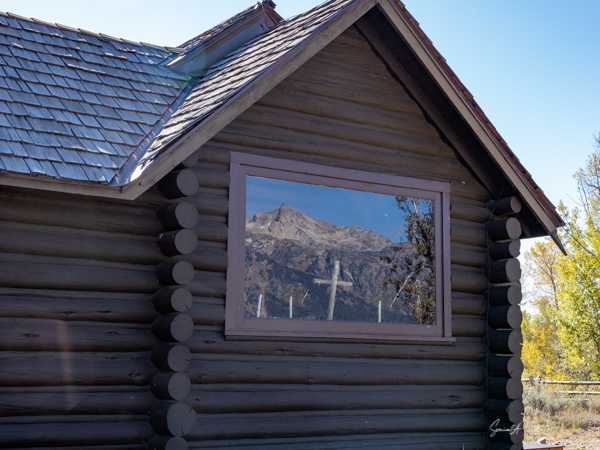
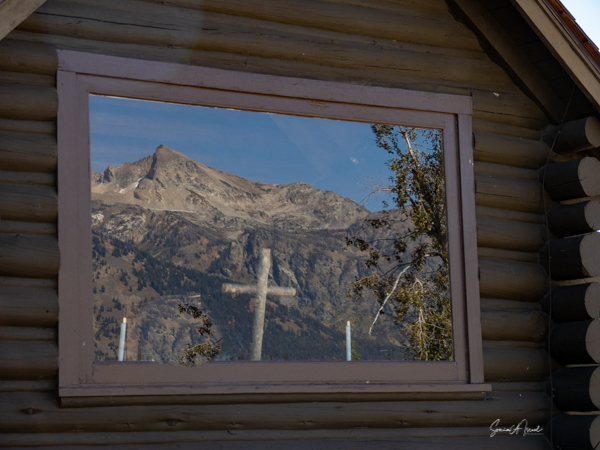
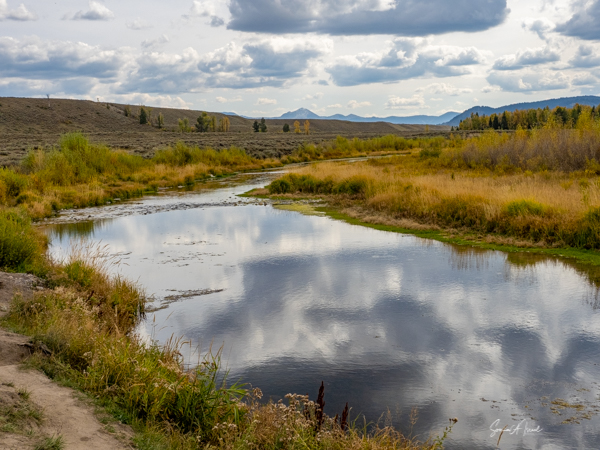
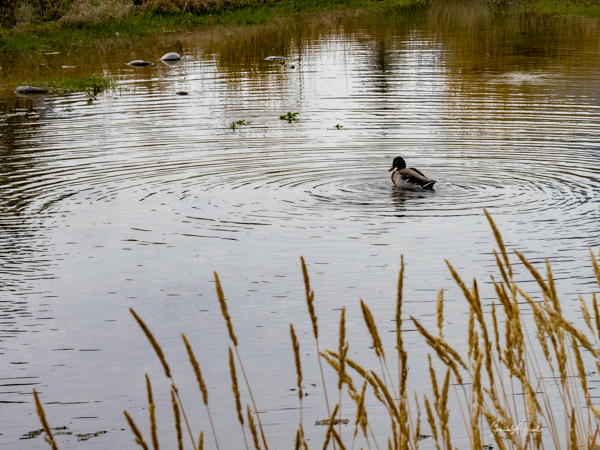
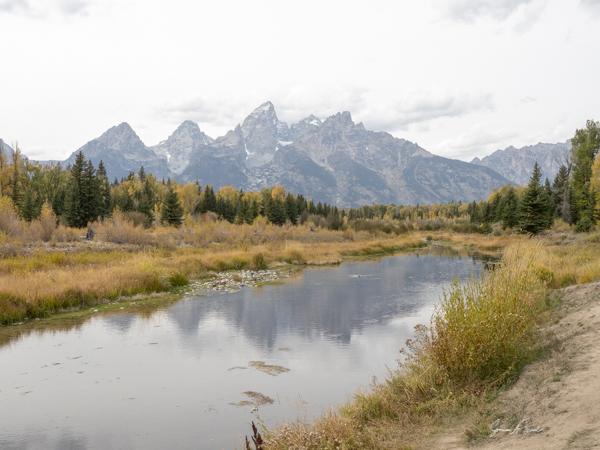
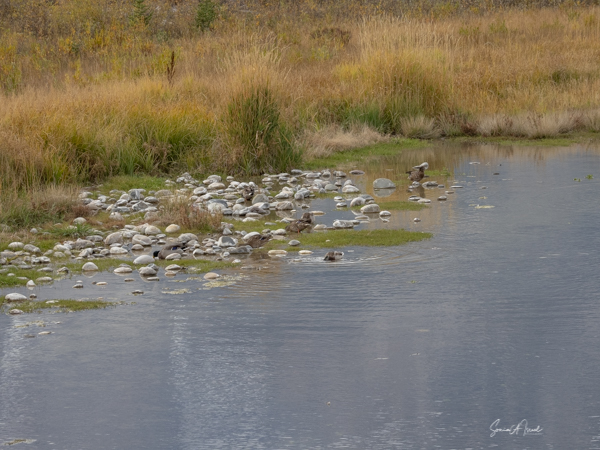
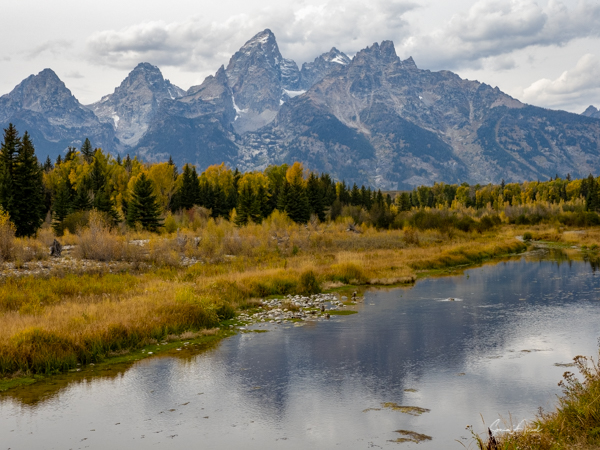
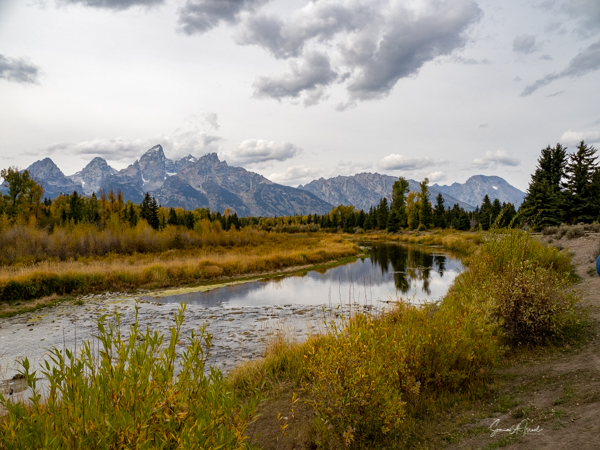
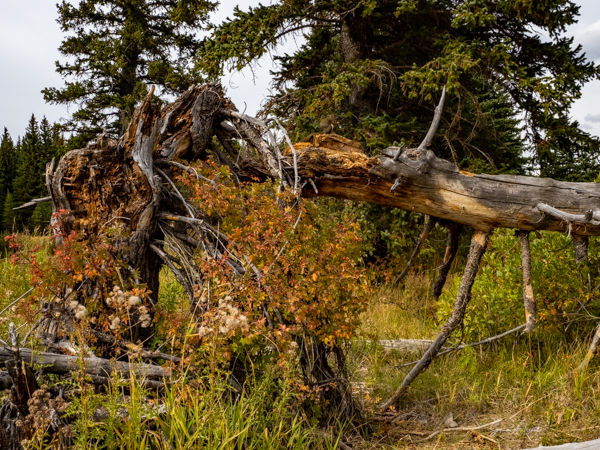
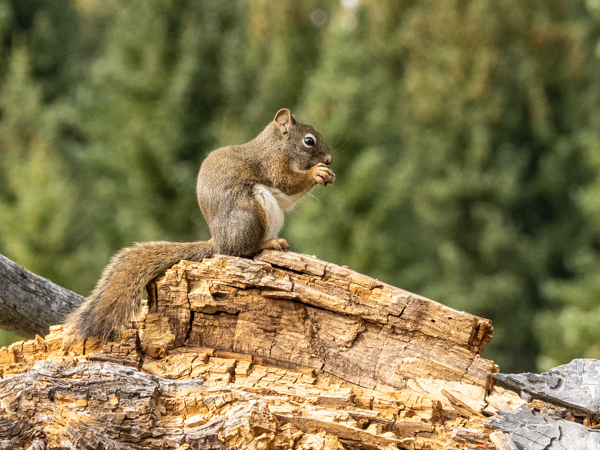
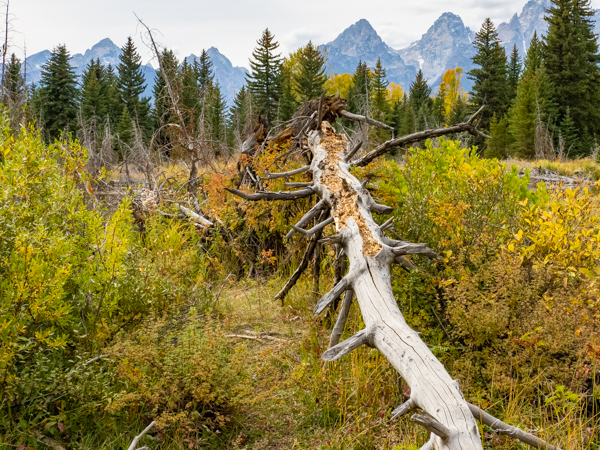
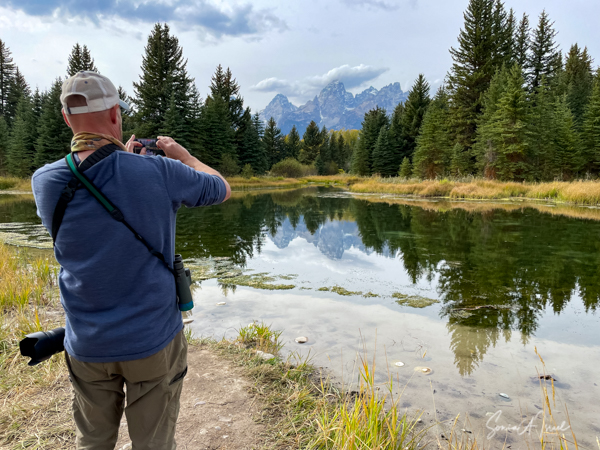
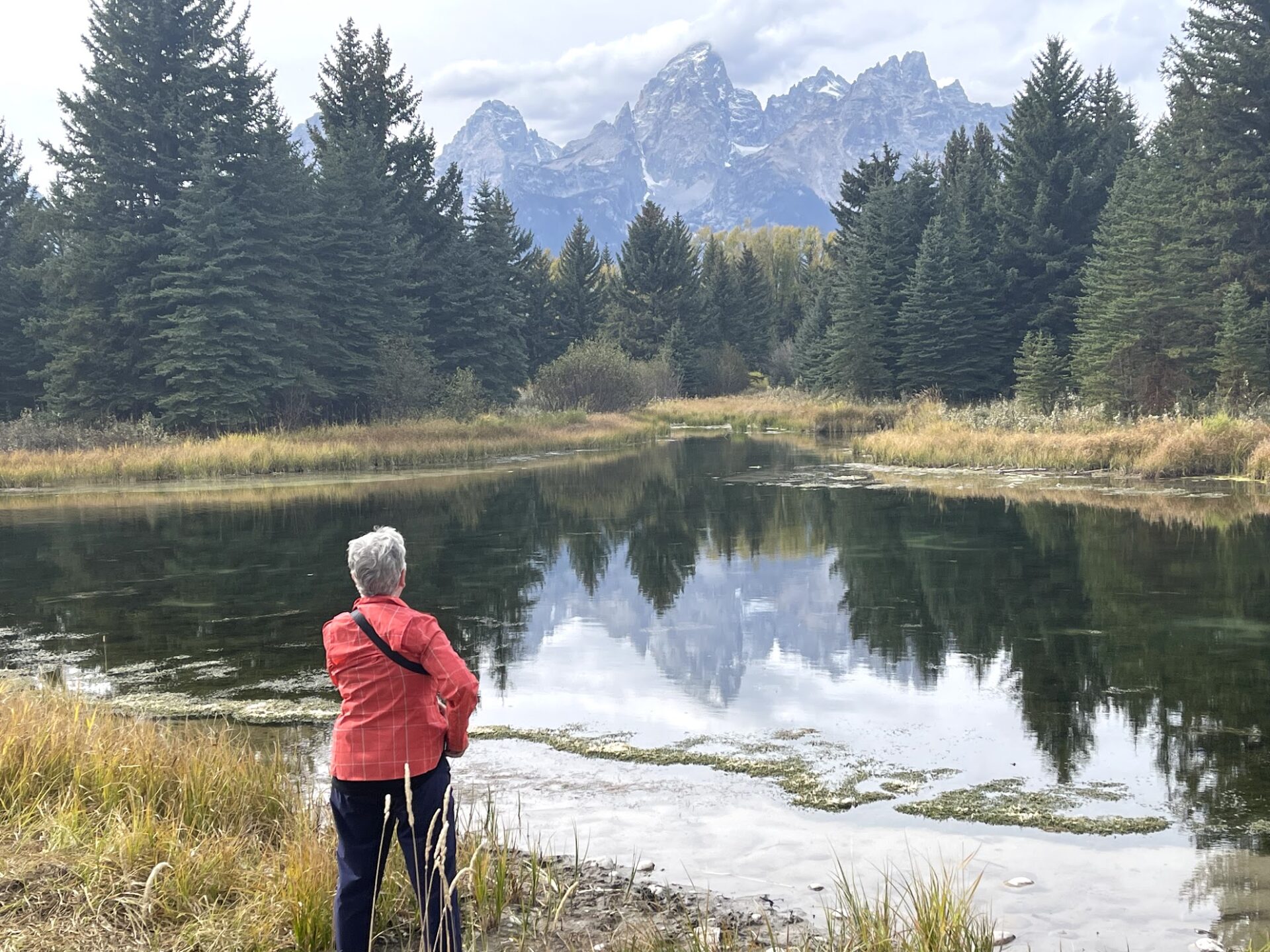
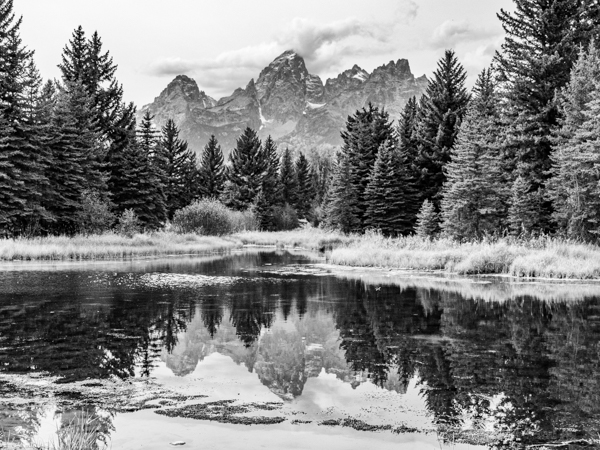
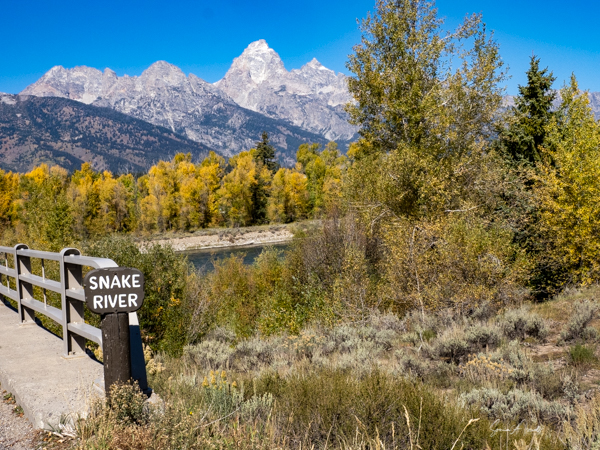
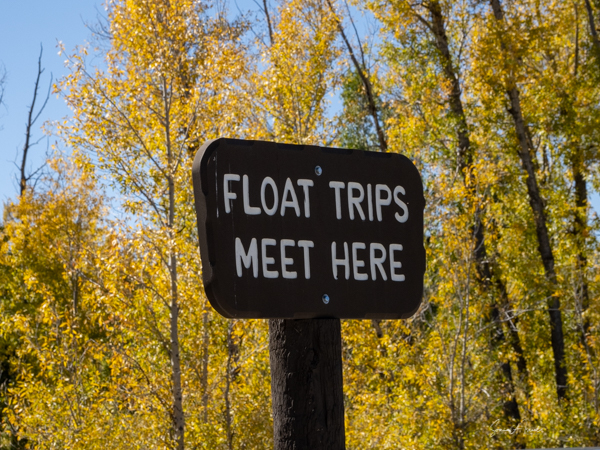
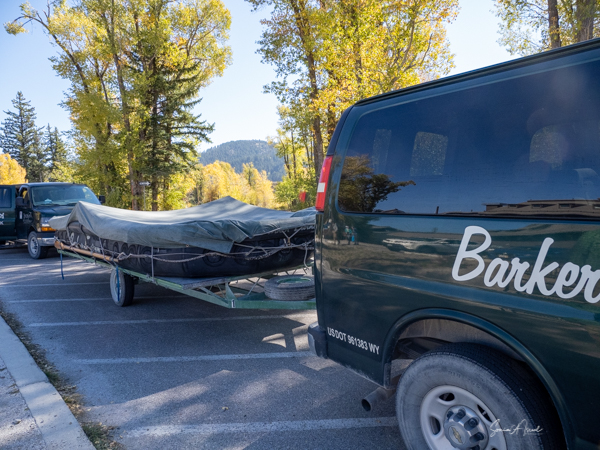
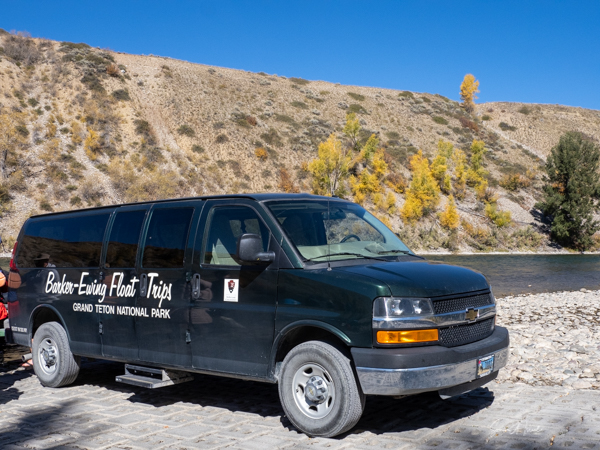
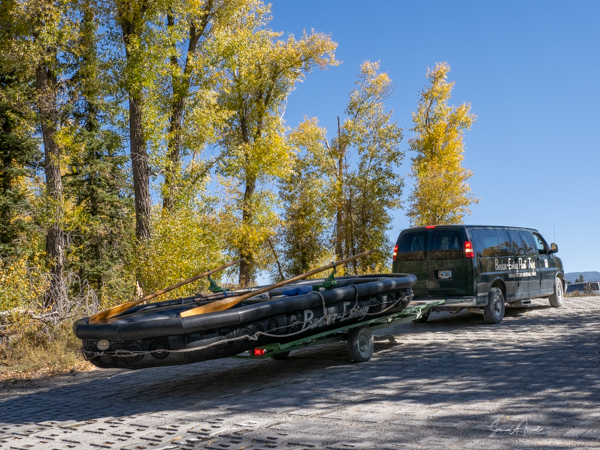
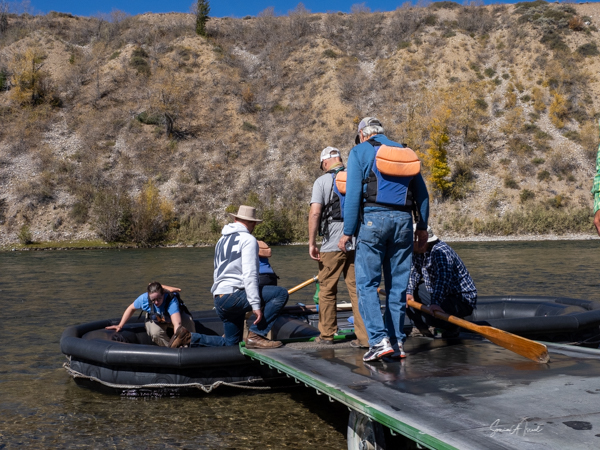
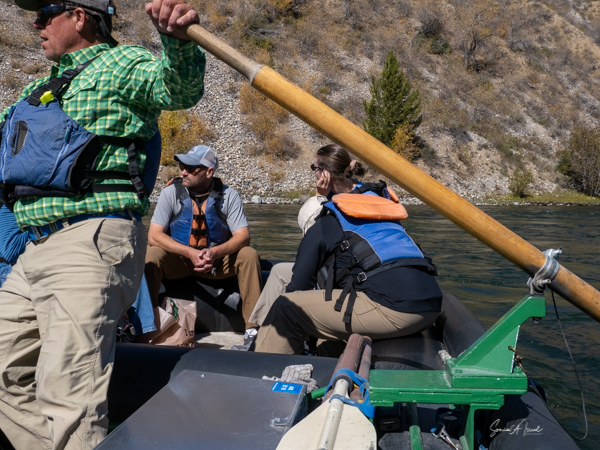
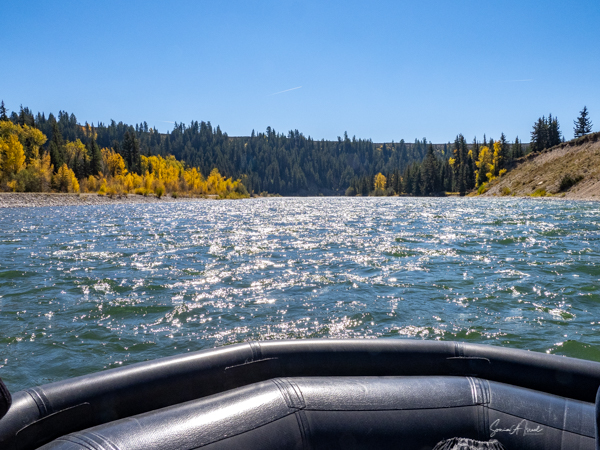
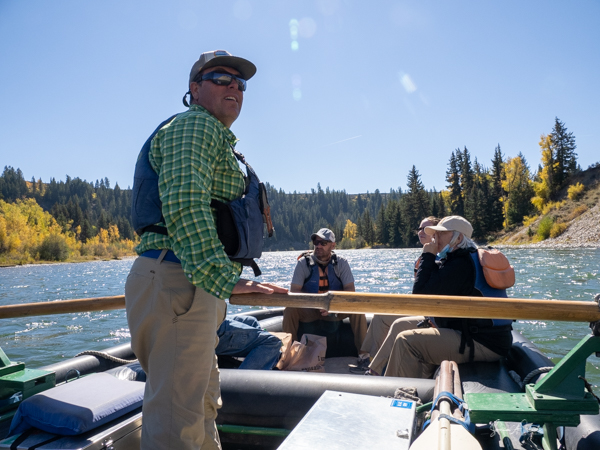
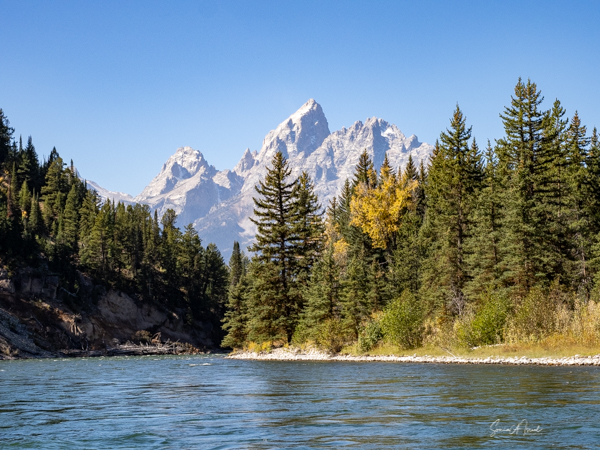

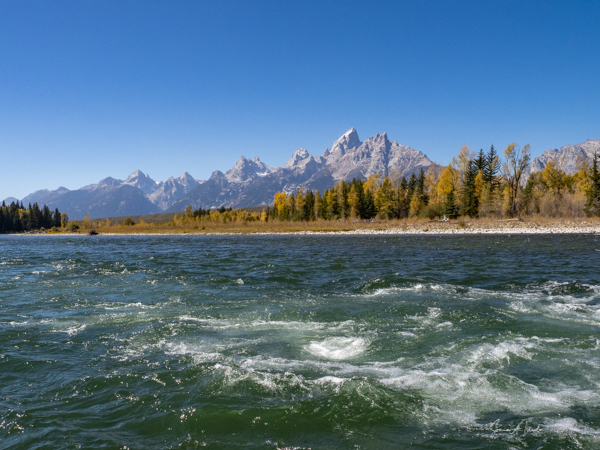
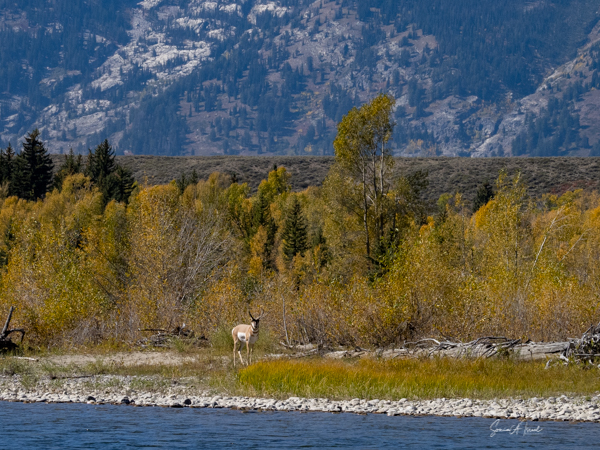
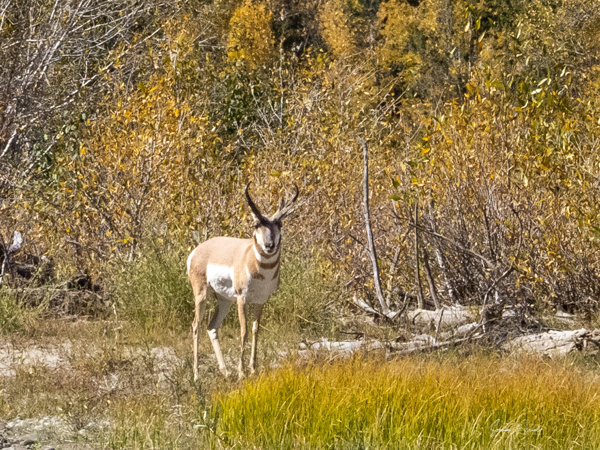
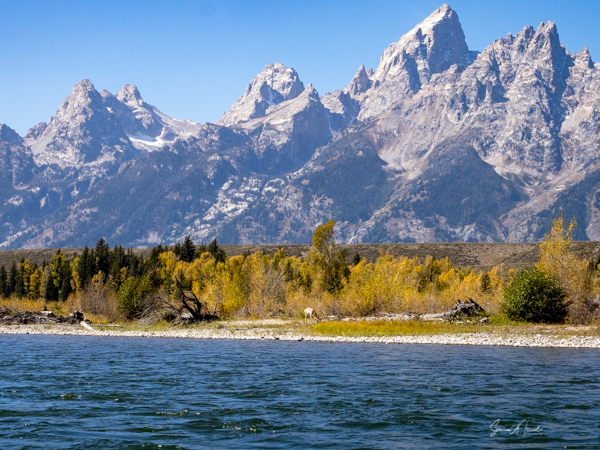
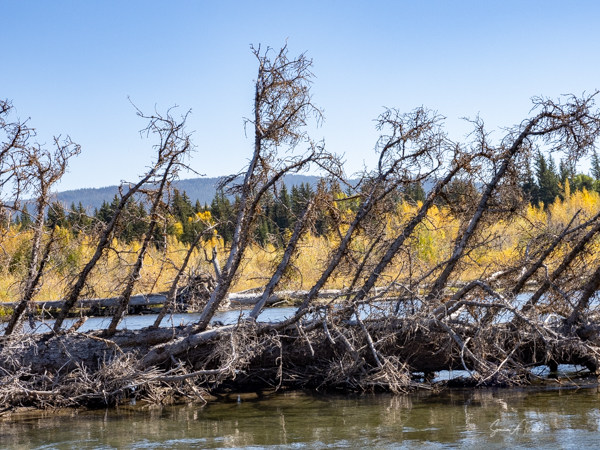
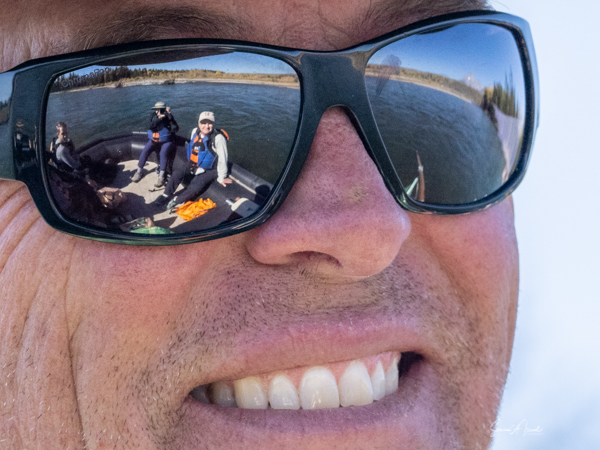
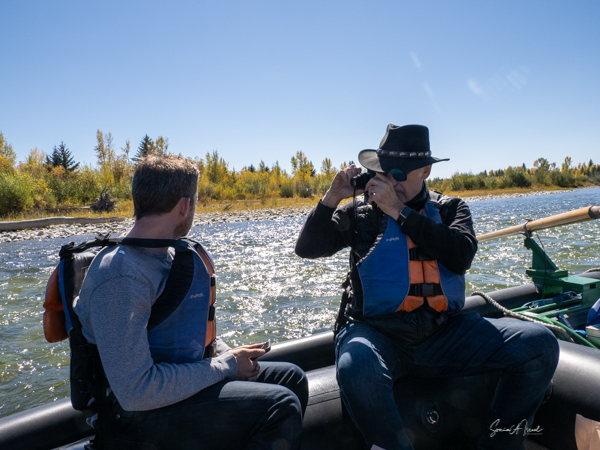
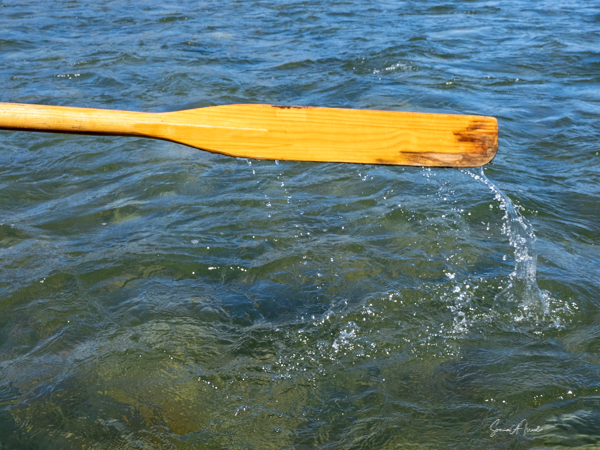
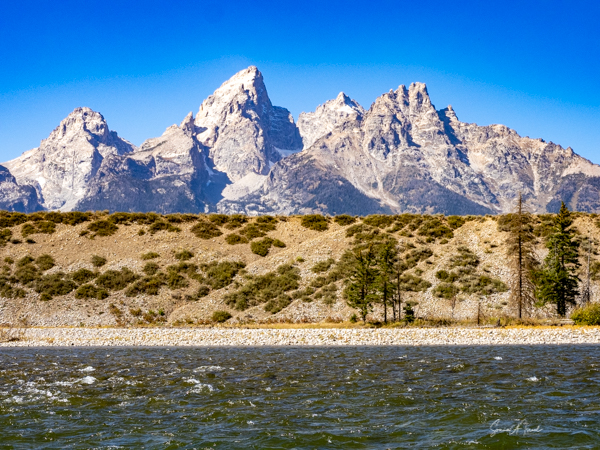
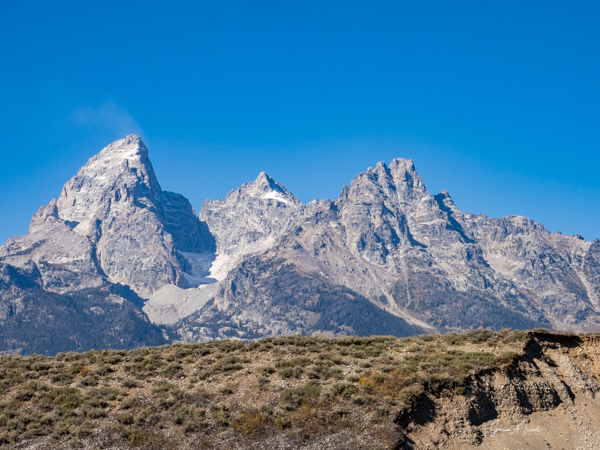
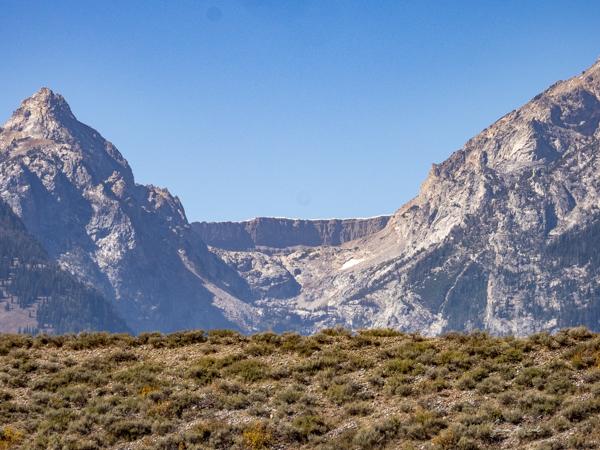
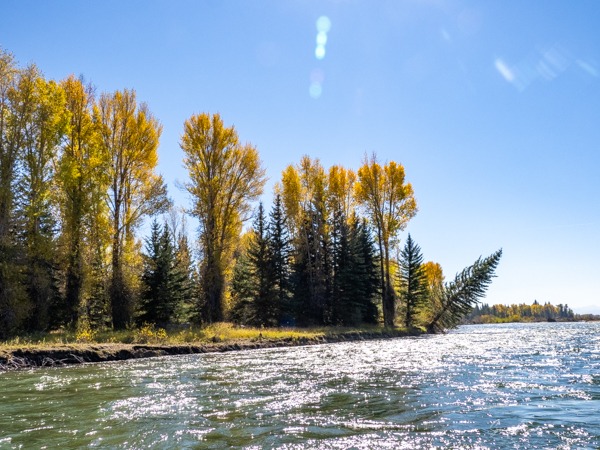
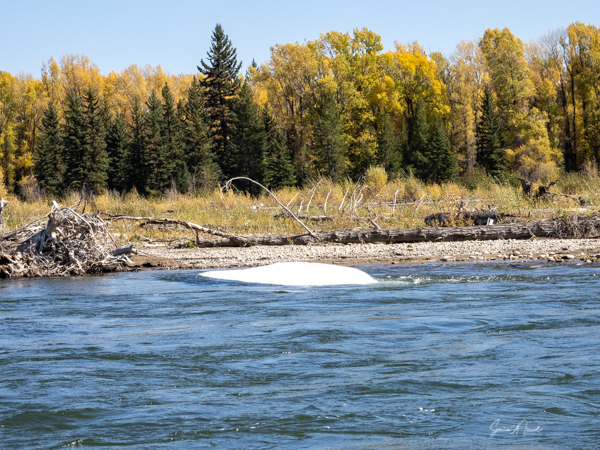
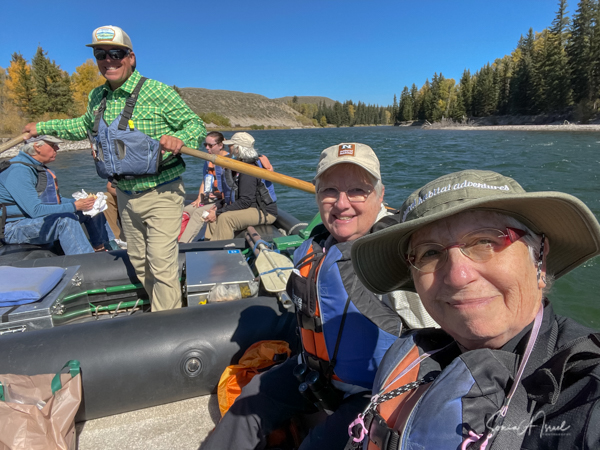
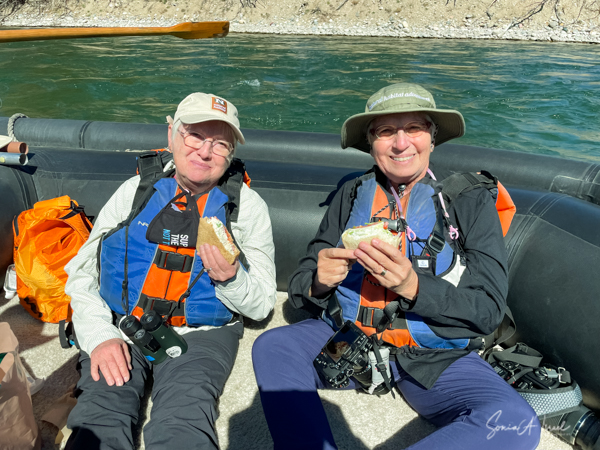
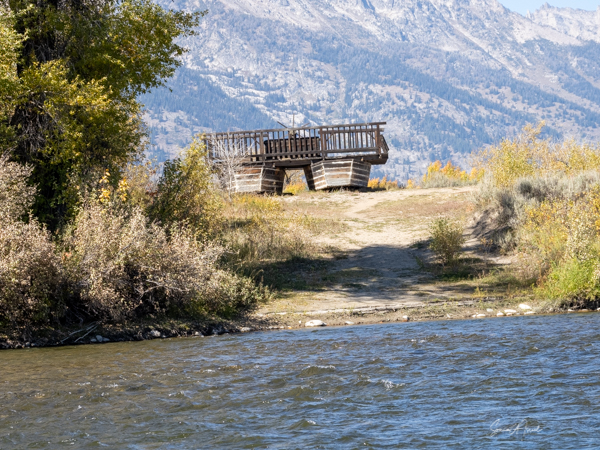
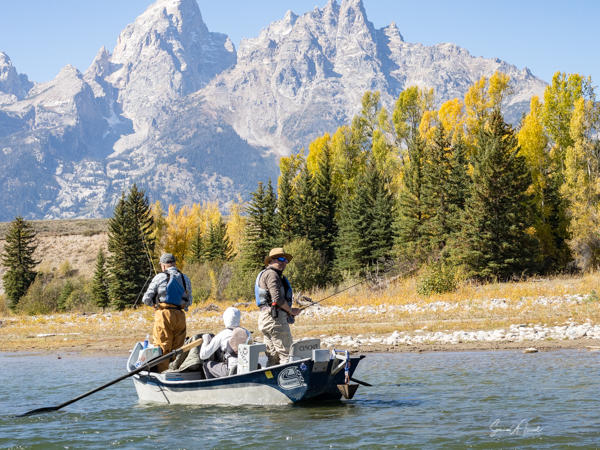
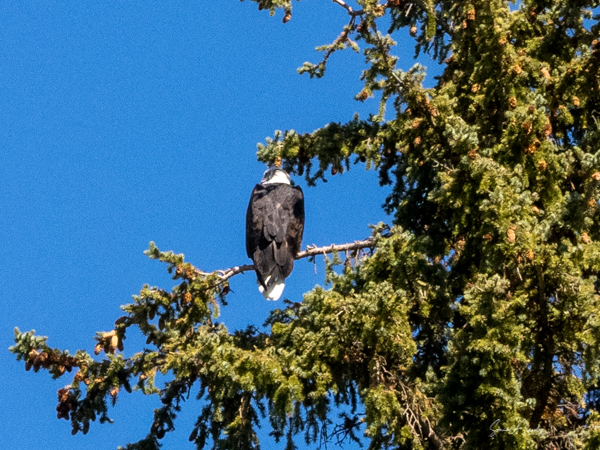
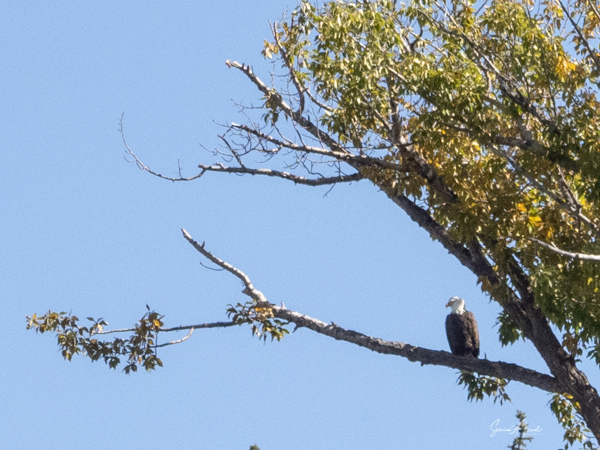
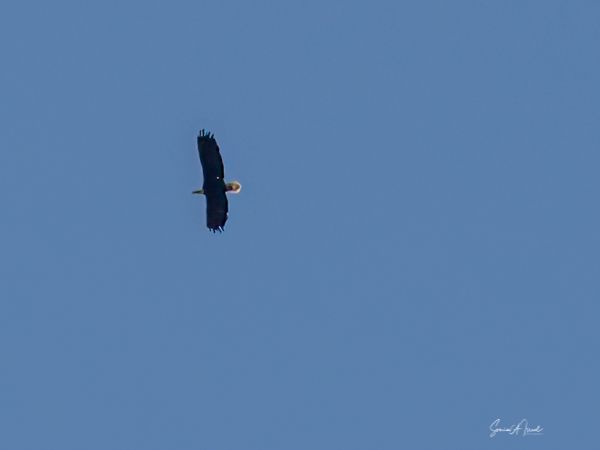
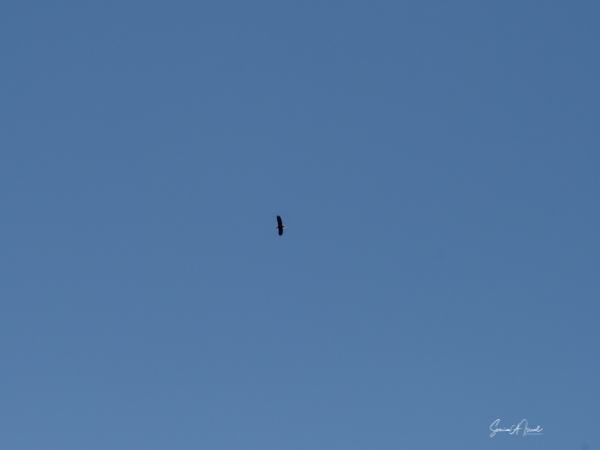
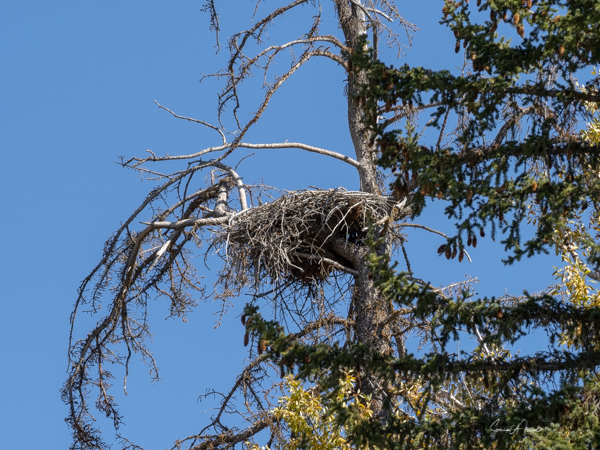
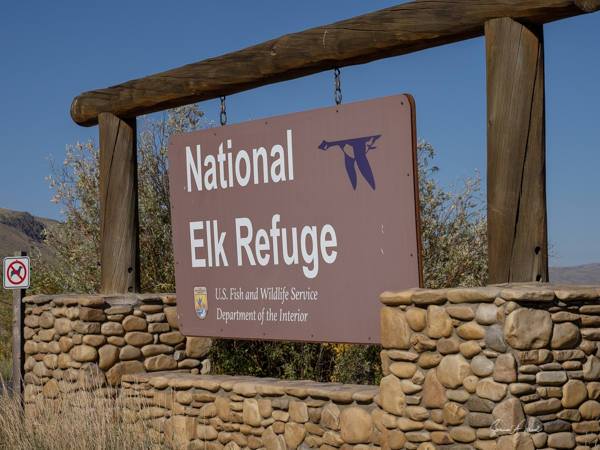
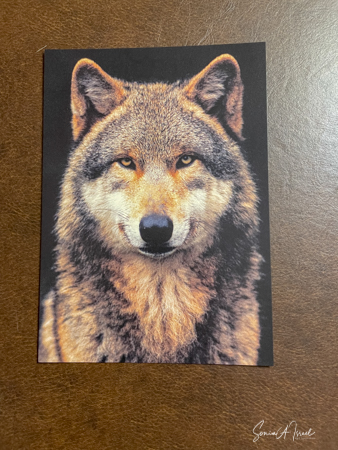
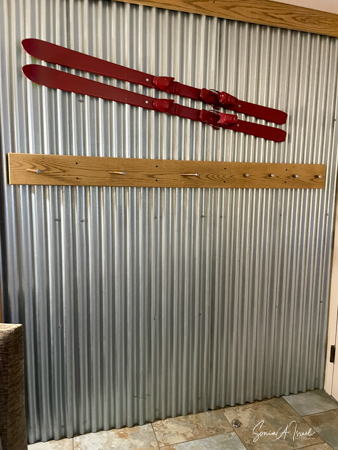
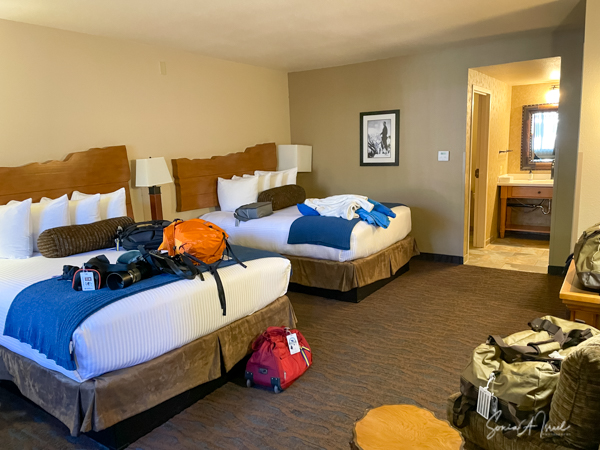
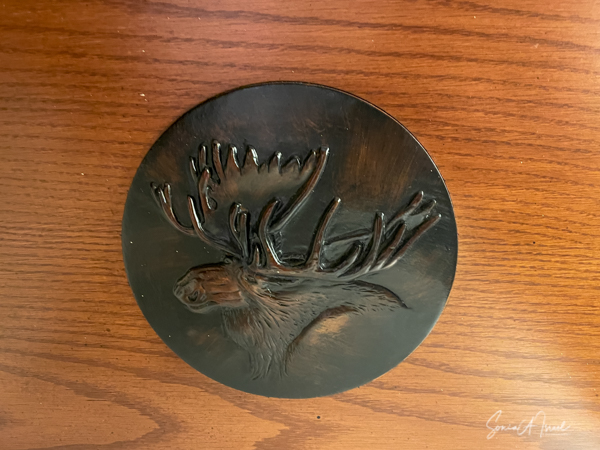
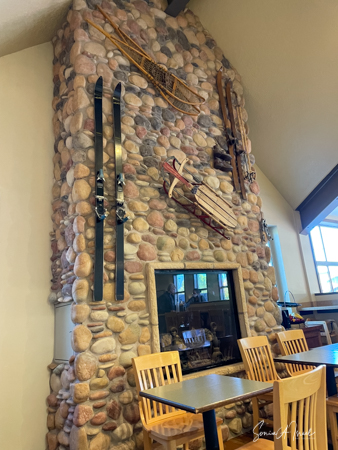

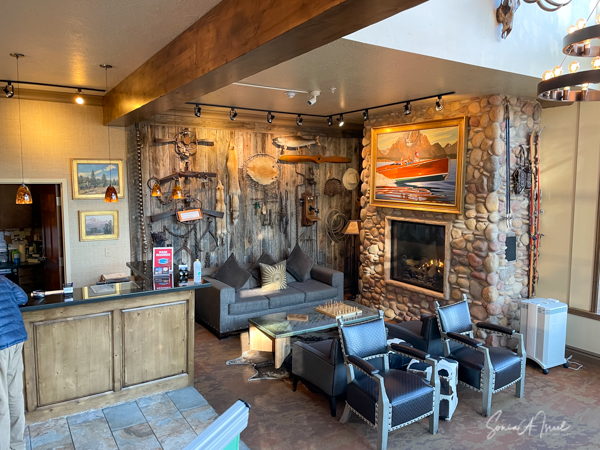
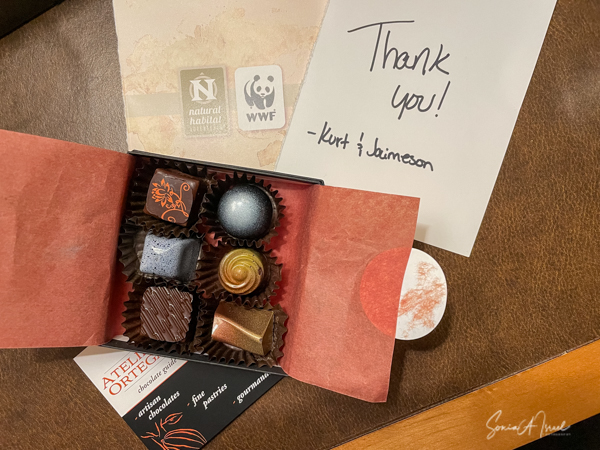
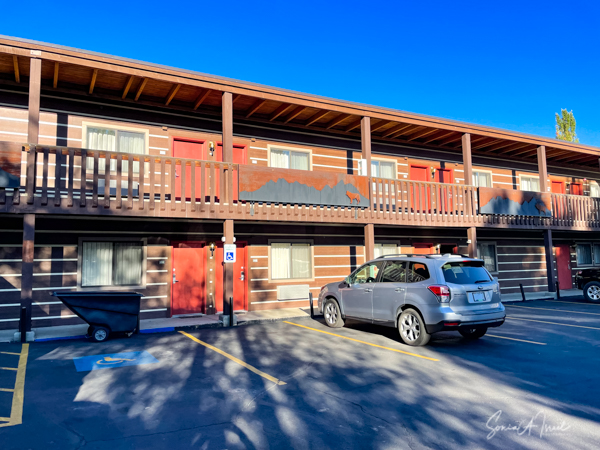
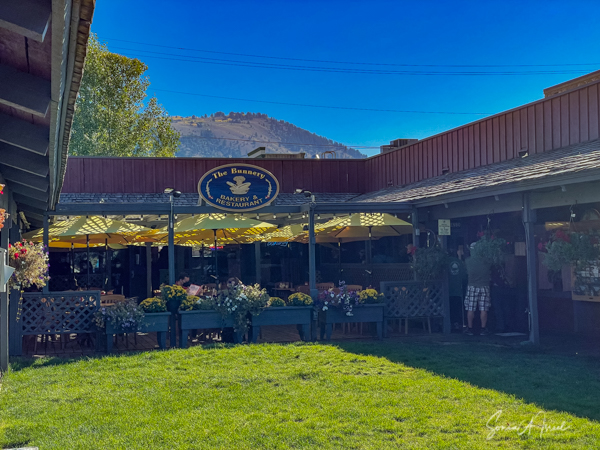
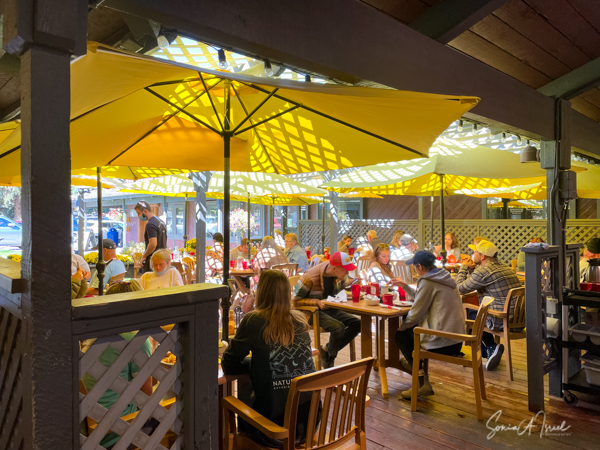
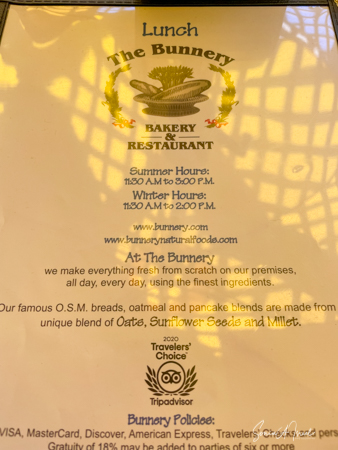
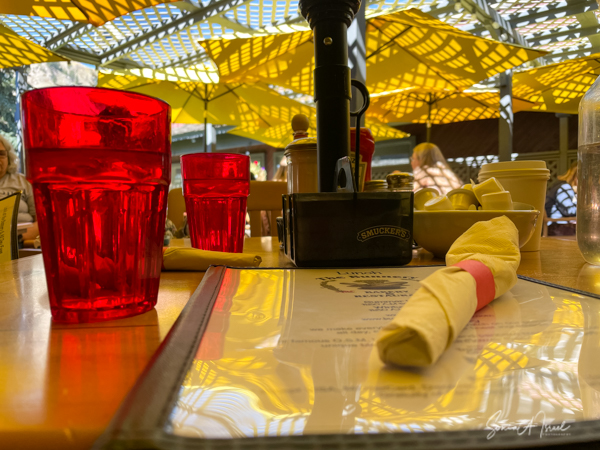
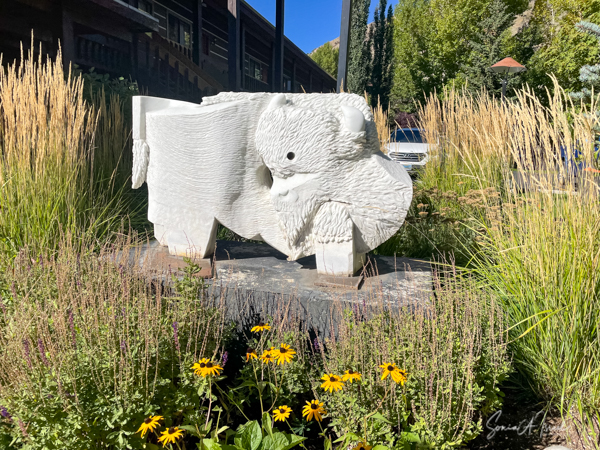
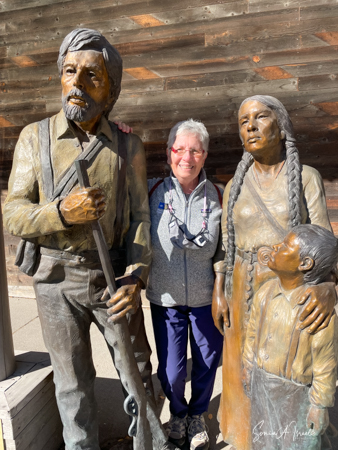
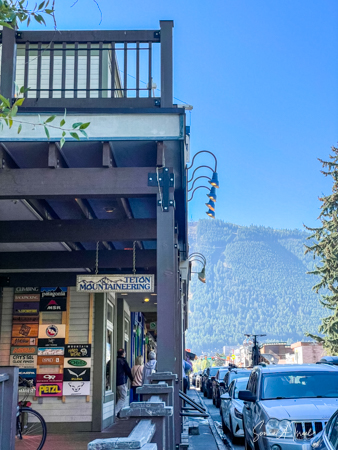
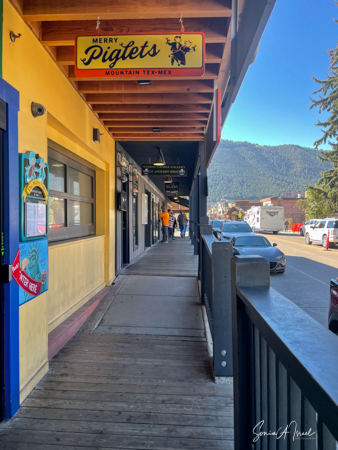
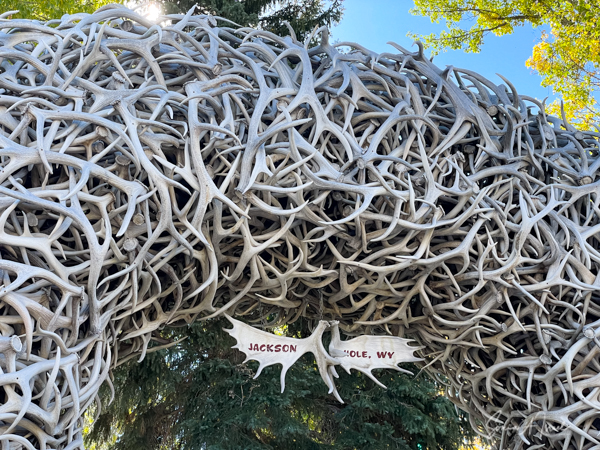
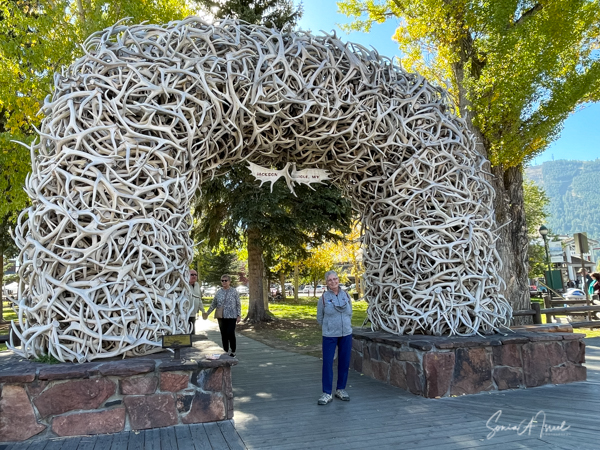
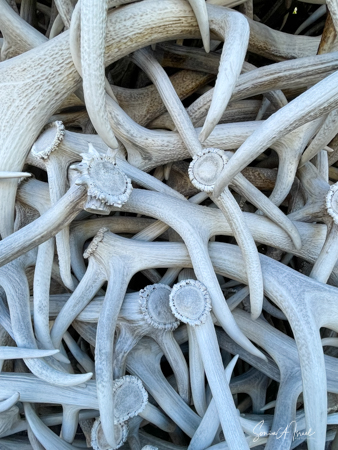
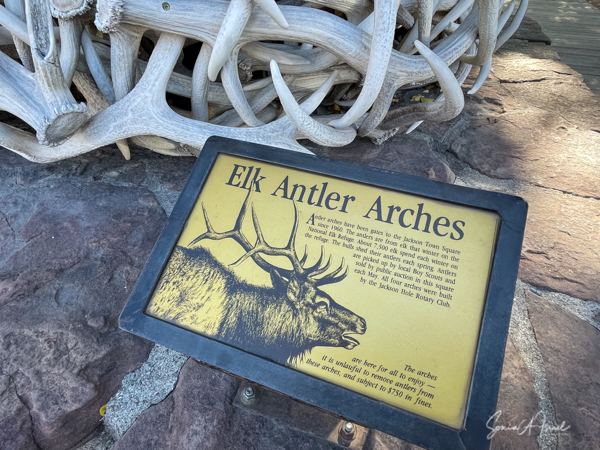
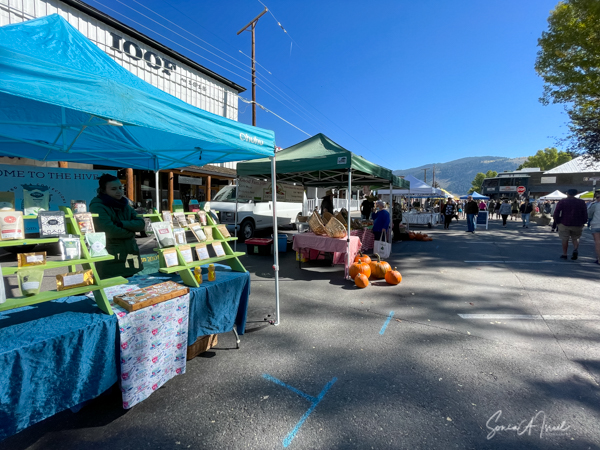
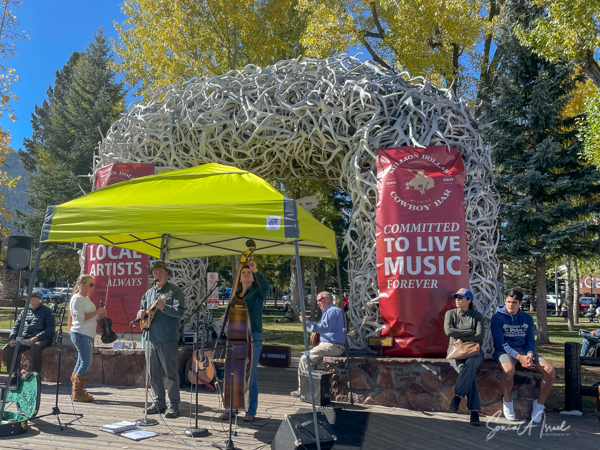
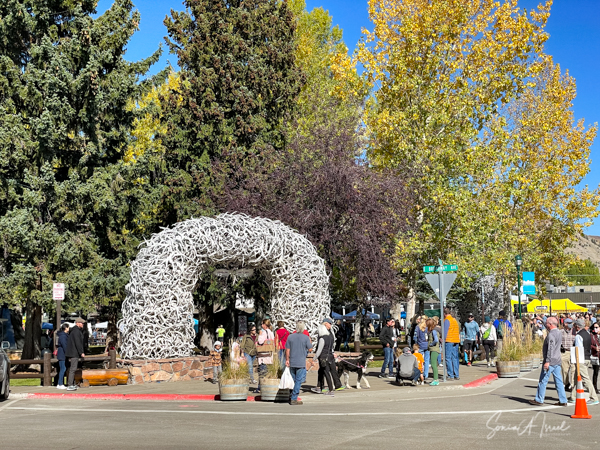
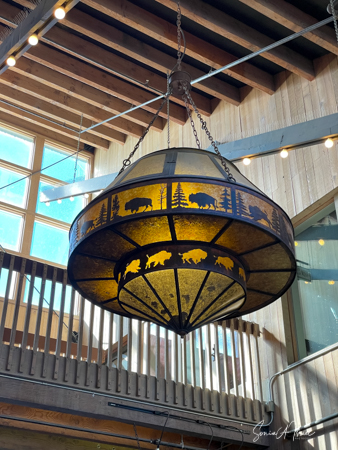
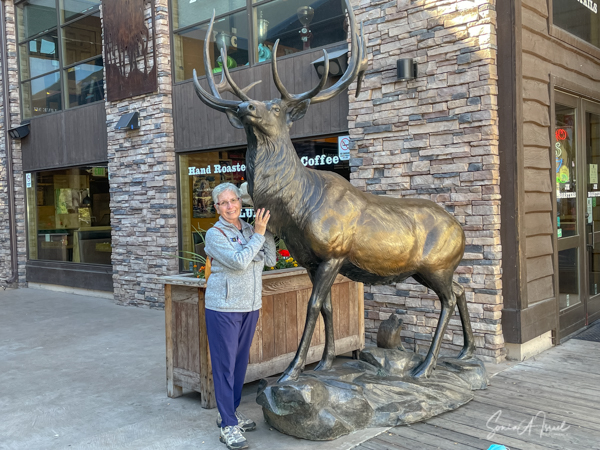
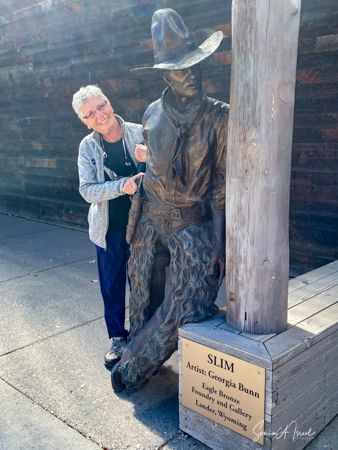
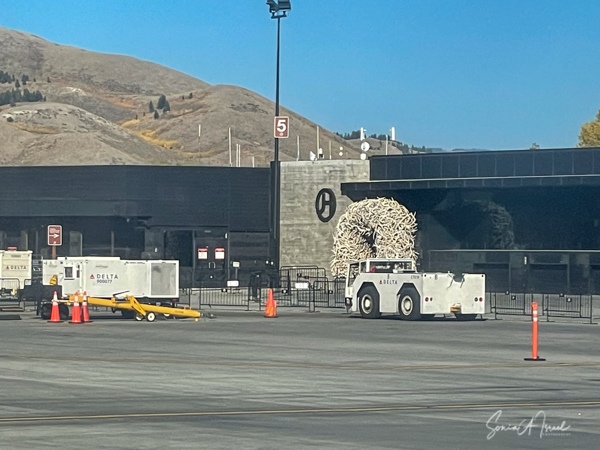
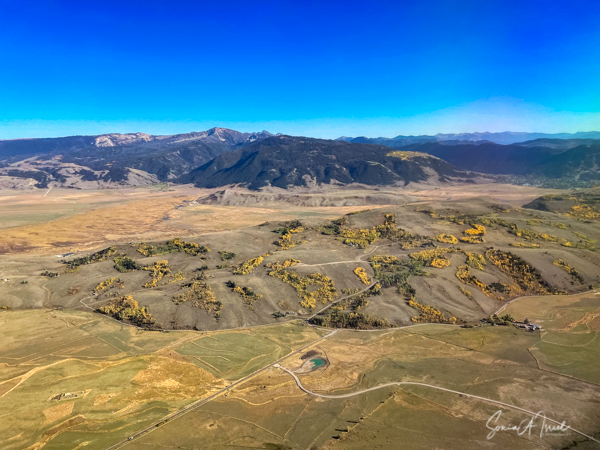
Leave a Reply